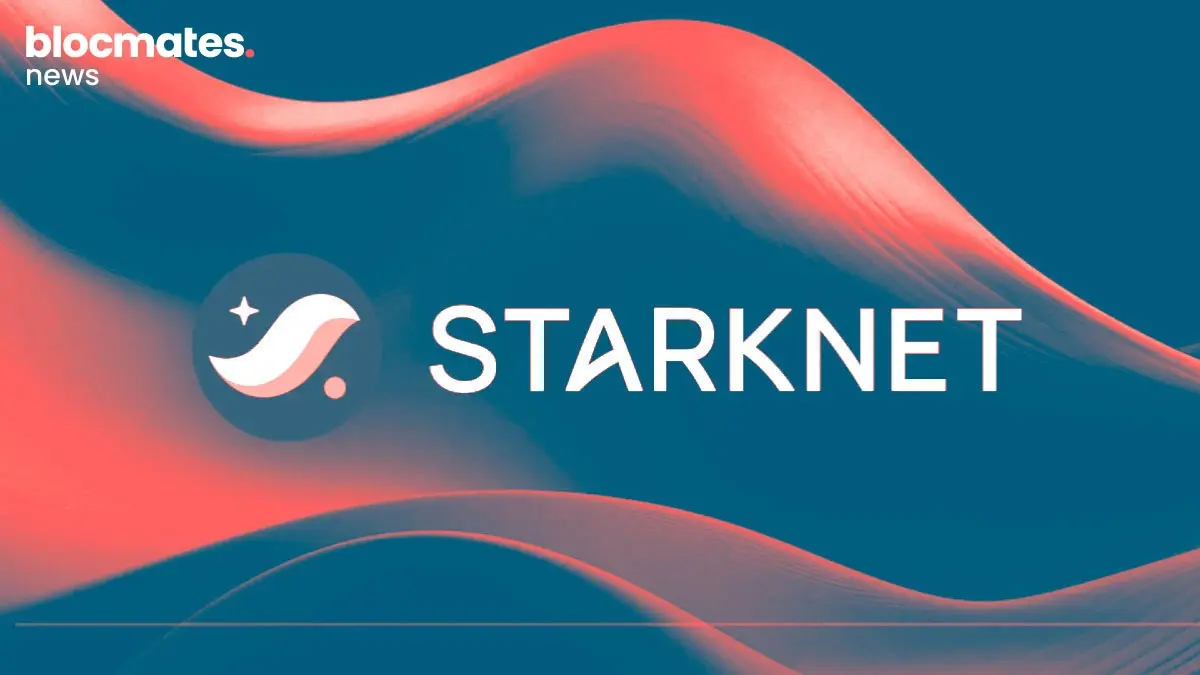Ape-tizers:
- Shadow Exchange is Sonic’s dominant DEX, consistently chipping over 65% of the chain’s trading volume.
- It turns just $30 million in TVL into more than $1 billion in monthly volume, delivering 33x capital efficiency that most AMMs can’t match.
- With $39 million+ in lifetime fees and a dual-yield model combining trading fees and Sonic rebates, Shadow is built for sustainable, real yield, not empty incentives.
It doesn’t take long to notice that most DeFi protocols are unprofitable. Not in the “ponzi yield” or “broken tokenomics” way, but with just straight-up zero revenue operations.
Uniswap moves billions in volume. Compound shifts billions in collateral. The fees go to LPs and token holders. The actual builders are left scraping by governance emissions, praying that the token pumps.
It’s backwards. In TradFi, if you build something that moves $10 billion, you’re set for life. In DeFi, you get a Discord role and hope the DAO doesn’t vote to rug you.
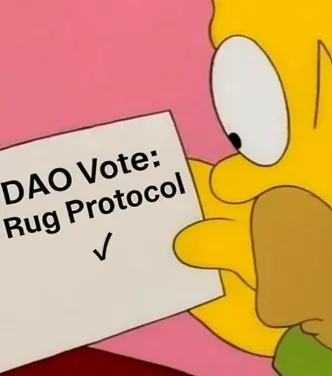
Sonic tried to fix this with Fee Monetization, giving devs 90% of gas fees their apps generate. Reasonable idea, questionable execution in a world full of ghost chains and empty promises.
You could argue that it did come preloaded with hype: Cronje’s latest, “Ethereum but better,” but then, quite unfortunately, also came the silence.
Until protocols like Shadow Exchange started posting numbers that demanded attention. Like topping the 30-day revenue-to-market-cap ratio. Higher than Hyperliquid. Higher than Aerodrome. Numbers that suggest maybe there wasn't much silence on Sonic after all.
Shadow is a concentrated liquidity DEX built on the Sonic network, designed for speed and capital efficiency. It’s been taking up most of Sonic’s total DEX volume and has consistently outpaced other apps on the chain.
We've already dived into what Shadow Exchange is in previous articles. Now, it’s time to look at what the data actually says.
TVL
Shadow's TVL has been through your typical DeFi rollercoaster, went up to $150 million, and back down to $30 million. But here's the thing about concentrated liquidity: it's not about the total amount locked but rather about how efficiently that capital works.
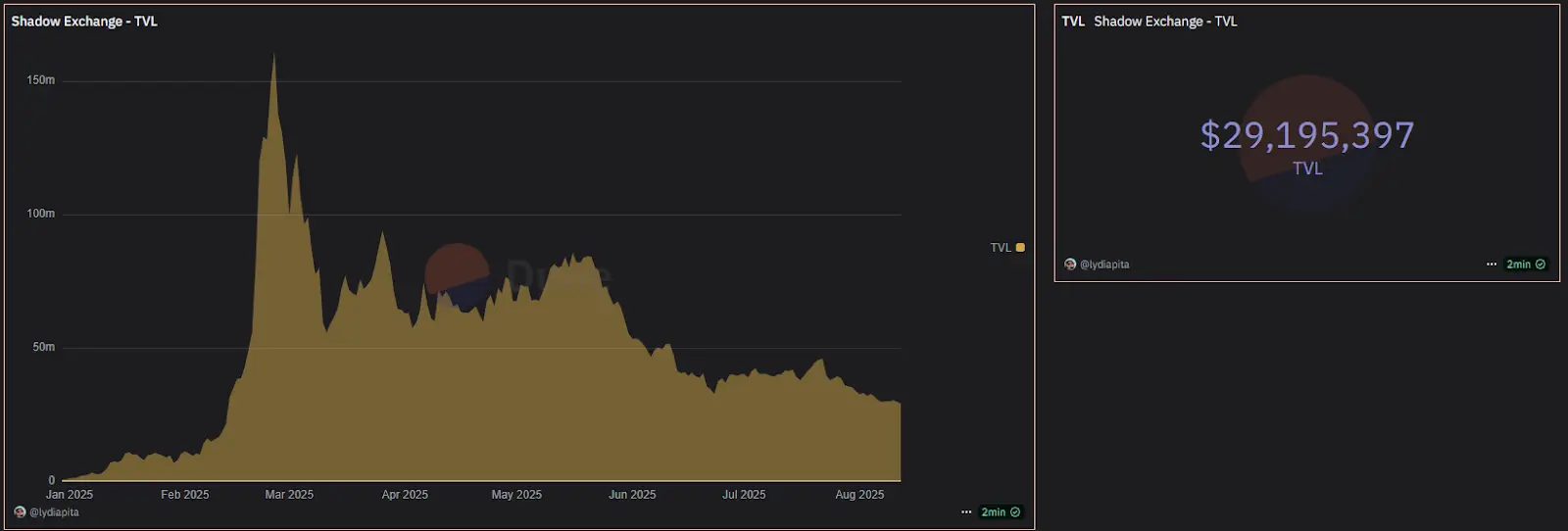
Shadow processes close to $1 billion in monthly volume with just $30 million TVL. That's a 33x capital efficiency ratio, which would put most traditional AMMs to shame.
Shadow DEX holder revenue
This is where Shadow would separate itself from the pack. In just a span of 30 days, Shadow managed to generate over $1.2 million in fees for its holders. That's real money flowing to real users and not just half-baked point systems or promises for future airdrops.

For context, Shadow roughly has a market cap of $5 million right now. When a DEX is doing nearly 25% of its market cap in monthly revenue, it should turn some heads.
Fees
Another factor that makes this exchange stand out is the fee distribution mechanism. The protocol uses a fee-split model based on gauges. If a liquidity pair has a gauge (meaning it's been voted into the xSHADOW rewards system), 100% of the fees flow to xSHADOW holders.

For pairs without gauges, it's a more traditional split: 95% to LPs, 5% to the protocol.
This creates a direct value accrual loop that most DEXes talk about but few actually deliver. To date, the exchange has generated almost $39 million in fees and continues to grow.
Volume
Sonic's first full quarter saw $10.4 billion in DEX volume, and Shadow captured the lion's share of that activity. When you consistently process more than 60% of a chain's total DEX volume, you're not just participating in an ecosystem but also defining it.
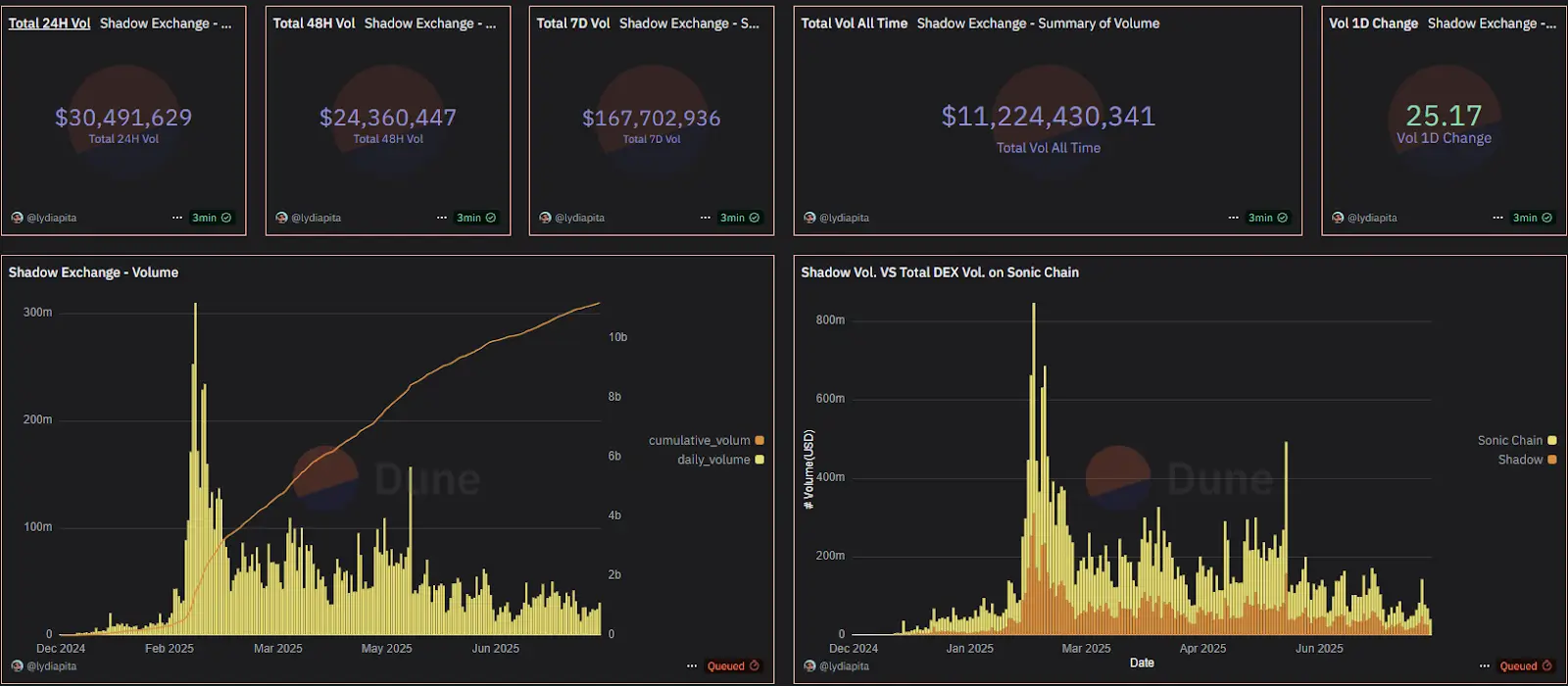
In February, Shadow put up a daily volume of over $310 million. Mind you, $310 million in daily volume is more than what many L1s process in total DeFi activity. A single DEX hitting these numbers is an exceptional feat, tbh.
Shadow DEX market share
Shadow currently has a 64.7% DEX market share on Sonic. That’s miles ahead of any other DEX on it. Becoming the default DEX of an ecosystem, and this early on, is a cheat code.
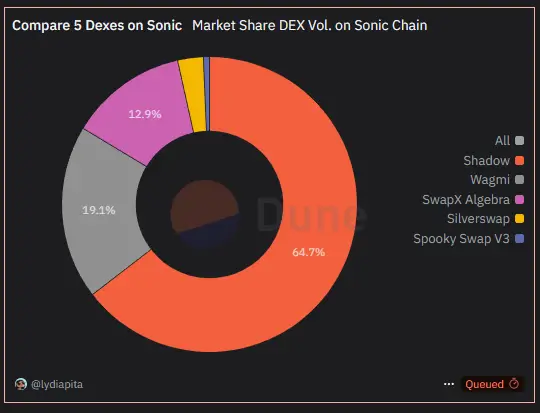
It’s true that market share numbers can be misleading if the overall market isn't growing. In Shadow's case, it's capturing an increasing share of an expanding pie.
Sonic FeeM share
Through Sonic's Fee Monetization (FeeM) program, Shadow currently holds the third spot on Sonic, accounting for 74.1% fee dominance for gauges. This translates to meaningful fee rebates that directly boost LP yields and protocol sustainability.
The FeeM mechanism gives Shadow a structural advantage: the more activity it generates, the more fee rebates it receives, which enables higher yields for LPs, which attracts more capital, which generates more activity. It's a flywheel that most DEXes can only dream of.

Shadow has already pulled in over 230k $S tokens through FeeM rebates, claiming 7.94% of the total program rewards. That's the second-highest share across all Sonic applications.
The Shadow advantage
Bet you’re wondering, “Why should I even care about all this?” Well, bear with me for a few more paragraphs, and you’ll get the answer you are looking for.
The thing about DeFi incentives is that most of them are unsustainable. Shadow takes a different approach, grounding its reward structure in real fee generation rather than inflationary payouts.
At the core is the xSHADOW mechanism, which introduces scarcity through time-based vesting. For those who need liquidity, the x(3,3) liquid staking option offers flexibility without undermining the system's underlying economics.
Participants who exit early incur penalties, and those penalties are redistributed to committed holders, aligning incentives and reinforcing long-term participation.

Shadow's edge becomes even sharper with FeeM integration. Users don't just earn yield from trading fees but also receive Sonic network rebates. This "dual-yield" structure delivers returns that are increasingly rare in today's DeFi landscape.
The protocol operates two complementary incentive systems using any whitelisted token.
Voter incentives are paid as lump sums to xSHADOW holders at each epoch start, designated during the current epoch to influence voting until rollover.
Liquidity incentives distribute rewards directly to LPs over seven days after the epoch, helping bootstrap new tokens and providing immediate yield.
This dual structure allows protocols to attract both governance participation and liquidity provision, with voters earning from incentives while directing higher emissions to incentivized pools.
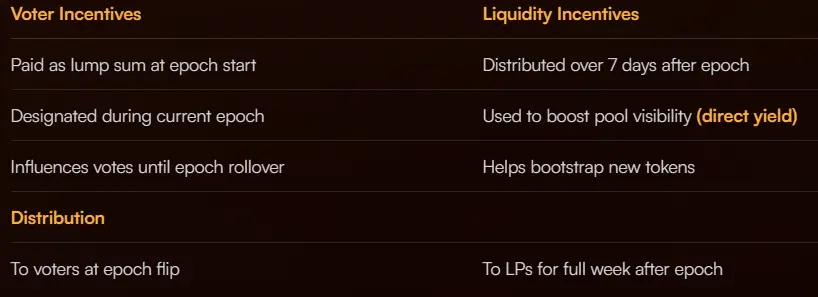
Over the past few weeks, two $stS pools on Shadow’s Sonic deployment have been operating with enhanced incentives, designed to offer liquidity providers both higher yields and stronger integration with Sonic’s staking economy.
Shadow, Sonic’s native concentrated liquidity DEX, builds on the ve(3,3) model to reward active liquidity providers and governance participants.
The first pool, S | stS, is a native-native concentrated liquidity pair holding over $2.2 million in TVL. It offers adjustable liquidity ranges and rewards sourced from swap fees, xSHADOW, $S incentives, and $stS staking yield.
The second pool, USDC | stS, is a stable-stable pair with more than $230,000 in TVL, also offering adjustable ranges and rewards from swap fees, xSHADOW, and $stS staking yield.
Together, these pools give LPs the ability to concentrate liquidity efficiently while remaining aligned with Sonic’s staking ecosystem.

People are already capitalizing on these opportunities, with some LPs reporting daily returns of 1%+ using concentrated liquidity strategies on Shadow.
Shadow: A protocol designed to last
The biggest question mark for any new DEX is sustainability. What happens when the initial token emissions wind down? What happens when the market turns bearish and volume drops?
Shadow's design addresses these concerns head-on. The protocol doesn't rely on unsustainable token emissions for rewards. Instead, it redistributes actual trading fees. This means that as long as there's trading volume, there are rewards for LPs.

The concentrated liquidity model also provides natural sustainability. Even in lower-volume environments, LPs can position their capital more efficiently and capture a higher percentage of available fees. This isn't possible with traditional constant-product AMMs.
The FeeM integration provides an additional buffer. Even if trading volume decreases, Shadow continues to earn network fee rebates that can be used to boost LP yields during slower periods.
Shadow's structure is built to perform in various market conditions.
During high-volatility periods, the protocol's MEV protection mechanisms become more valuable, and the higher trading fees from the dynamic fee structure generate more revenue for holders. During low-volatility periods, the concentrated liquidity model allows LPs to earn yield even on lower overall volume.
The xSHADOW vesting mechanism also creates stability during market downturns. Long-term aligned users who stick through volatility earn the exit penalties from short-term traders, creating a natural rewards boost during difficult periods.
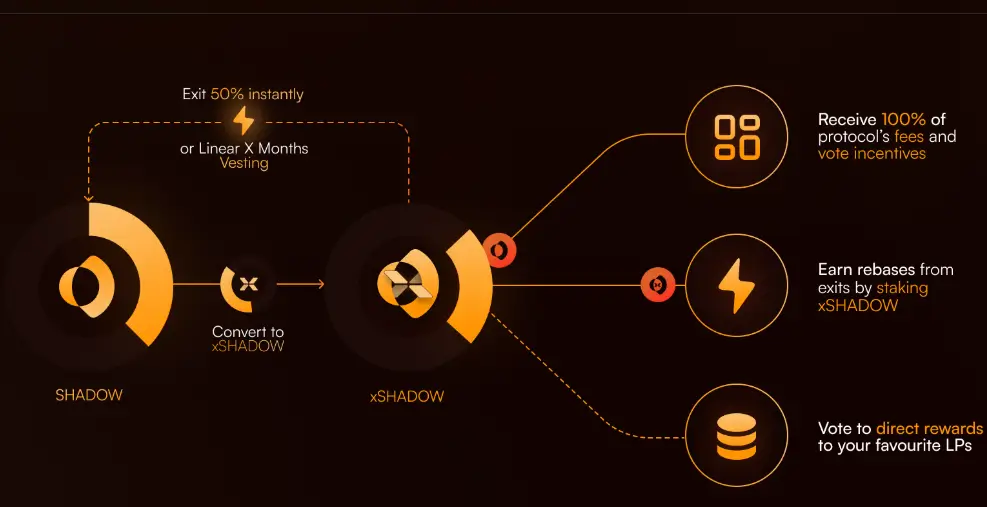
Basically, Shadow is built for sophisticated LPs focused on sustainable, long-term returns rather than quick token rewards. It’s also built for those who understand concentrated liquidity, who actively manage their positions, and who want to earn yield based on actual economic activity rather than token inflation.
For LPs who are willing to engage with the system actively, Shadow provides the tools to earn sustainable, market-beating yields. For those who want passive exposure, the x(3,3) liquid staking option provides automated optimization without sacrificing too much upside.
If you want to learn ways to maximize yield on Shadow, check out this article.
Concluding thoughts
I'll be honest - I've seen enough "revolutionary" DEXes come and go to be naturally skeptical. But Shadow's numbers are hard to ignore.
When a protocol is doing 20% of its market cap in monthly revenue while most DeFi projects are burning through treasuries, something's working.
The numbers are hard to argue with. $1 billion+ in monthly volume with just $30 million TVL. Over $39 million in total fees generated. A 65% market share on Sonic that continues to grow. These metrics are indicators of genuine product-market fit.
The FeeM integration creates a compounding flywheel that most protocols only dream of achieving. Higher volume generates more fee rebates, which boost LP yields, attract more capital, and drive even higher volume.
Most DEXes struggle to create sustainable value loops, but Shadow seems to have built one into the foundation.
Is it perfect? No. Concentrated liquidity requires active management, which isn't for everyone. And Sonic is still proving itself as an ecosystem. But for the first time in a while, I'm looking at a DEX that feels like it has genuine staying power beyond the next hype cycle.
The data speaks for itself. Now it’s your choice whether you wanna pay attention or not.
Thanks to the Shadow team for unlocking this article. All of our research and references are based on public information available in documents, etc., and are presented by blocmates for constructive discussion and analysis. To read more about our editorial policy and disclosures at blocmates, head here.






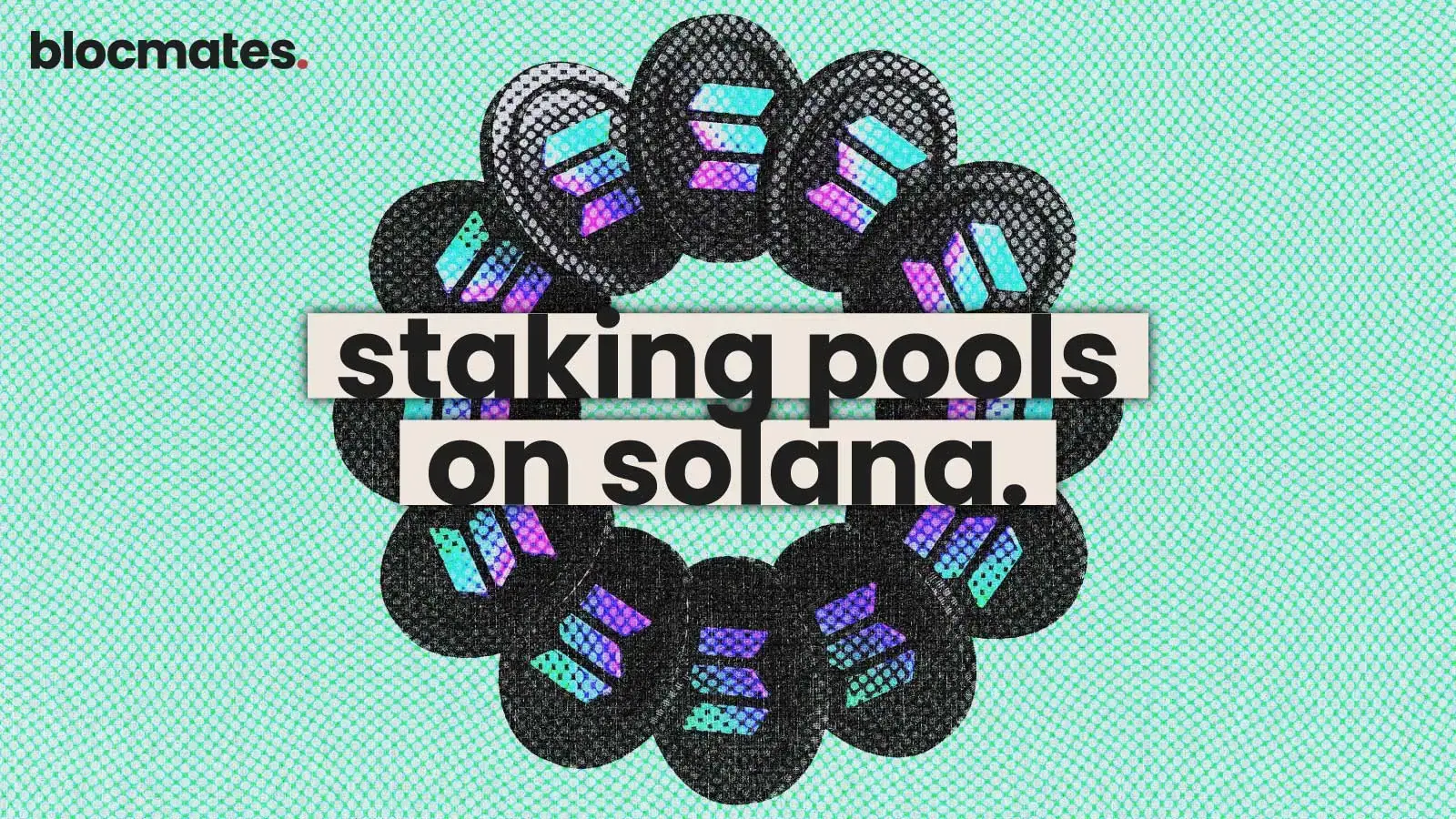





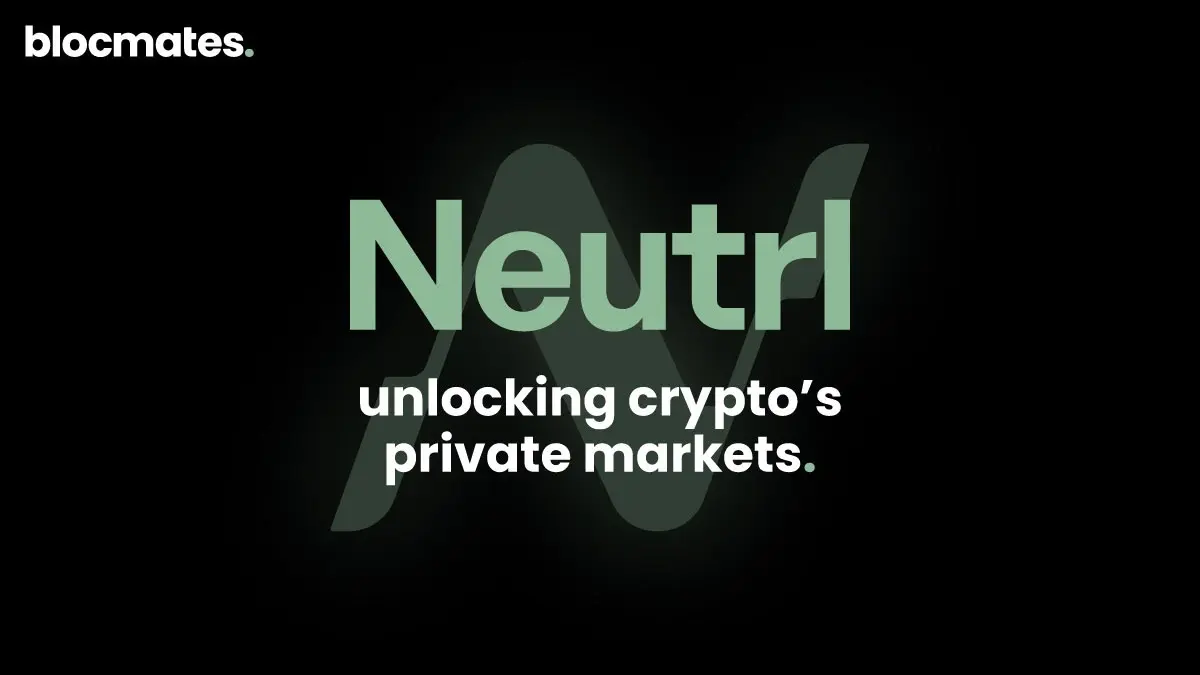


.webp)
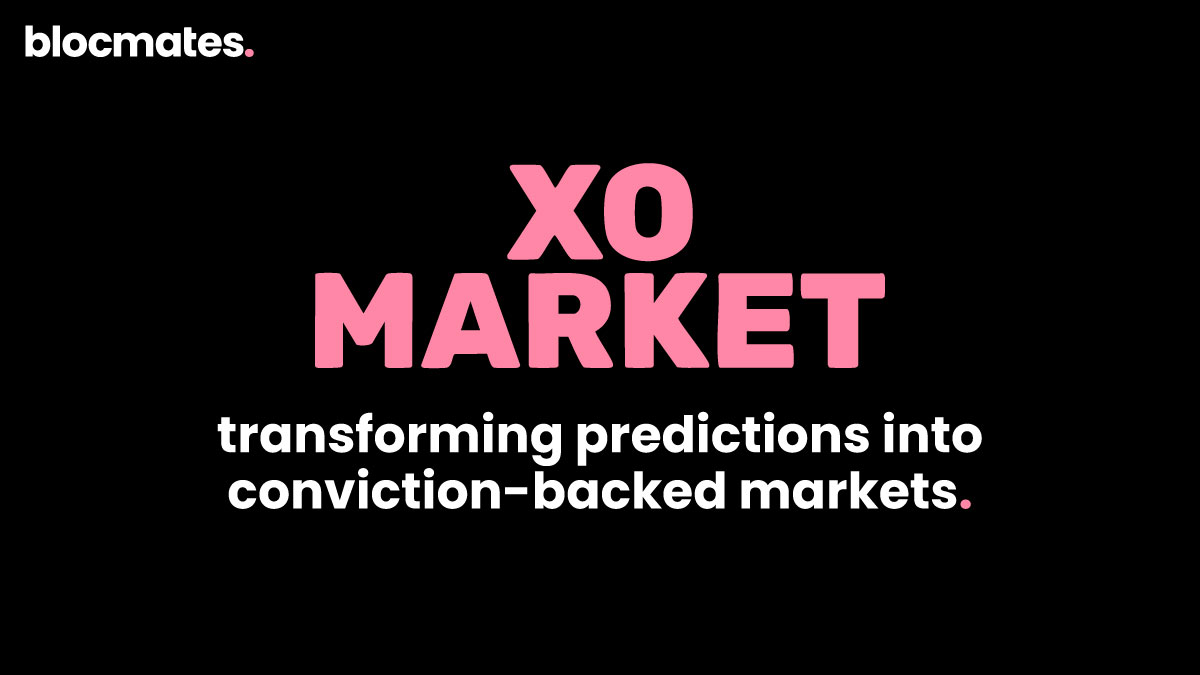
.webp)
.webp)
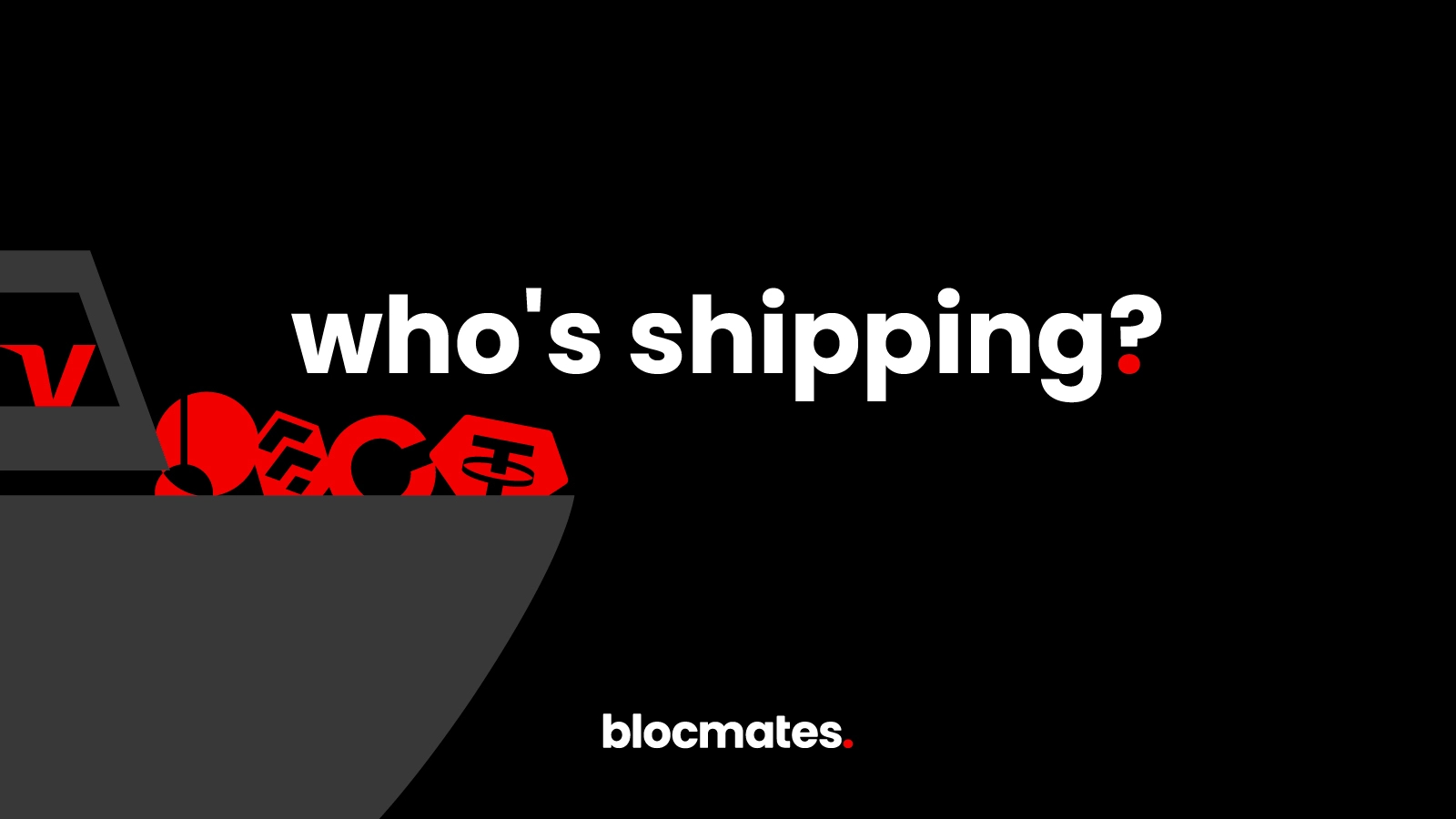
%20(1).webp)
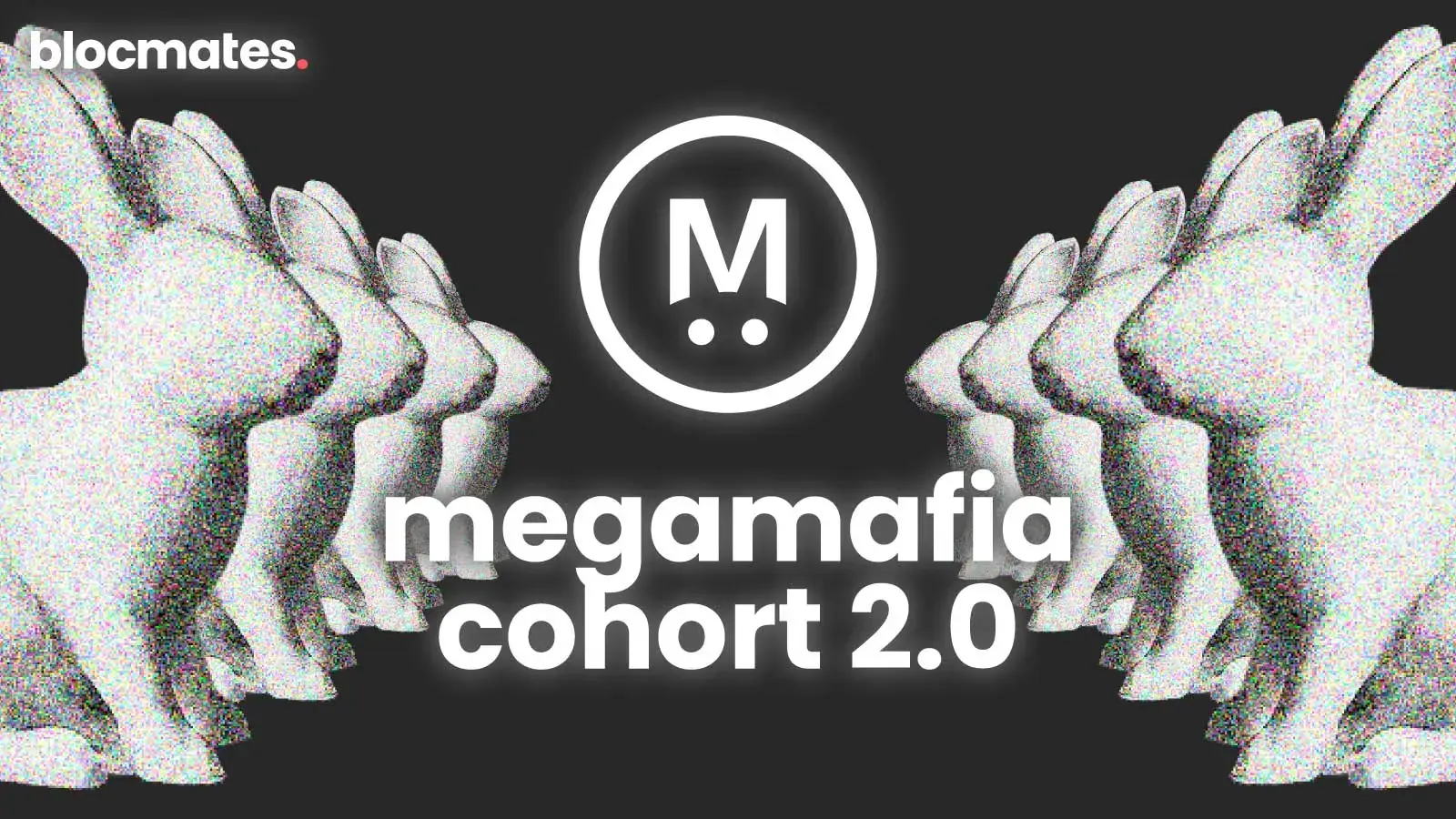
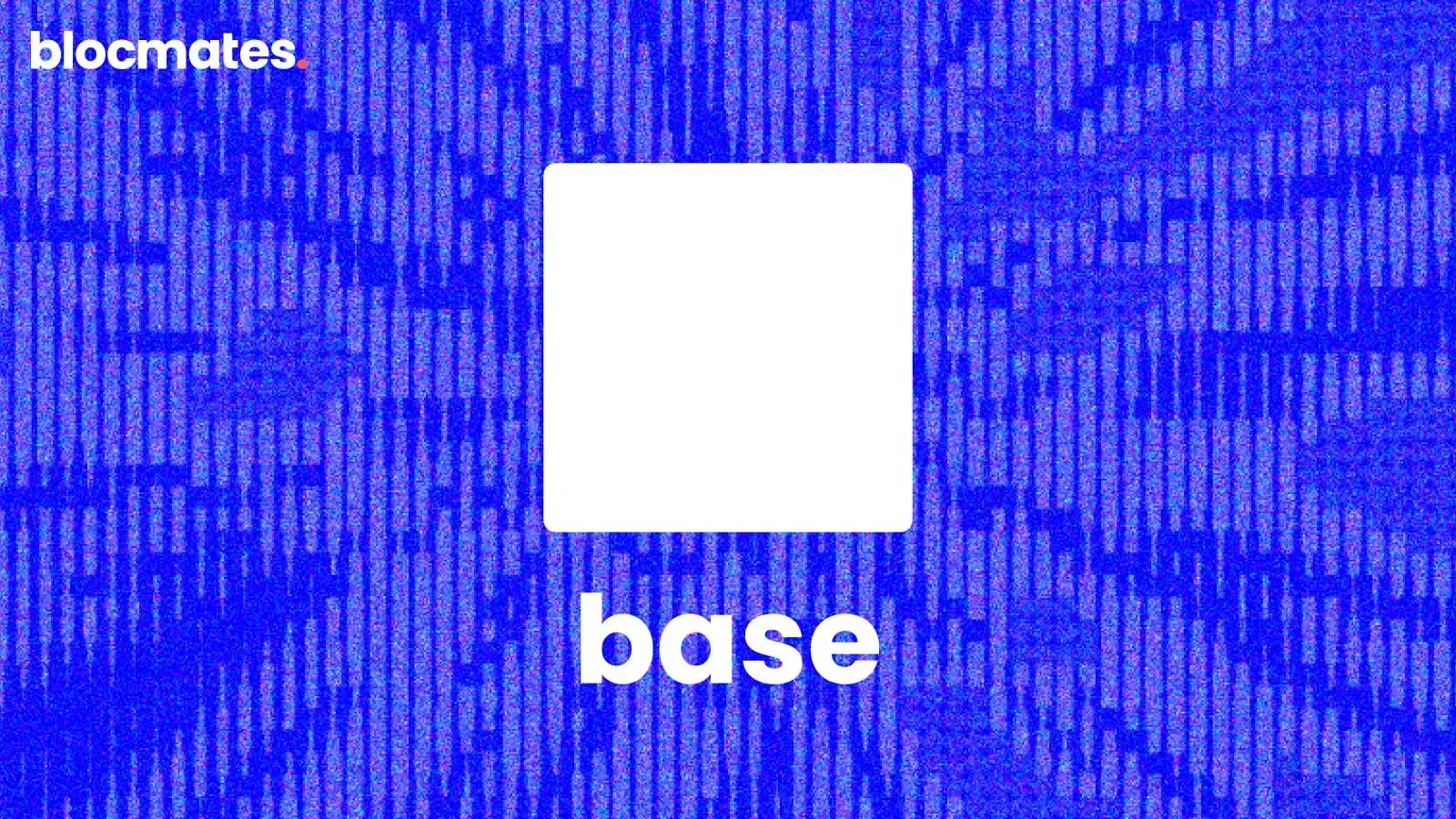
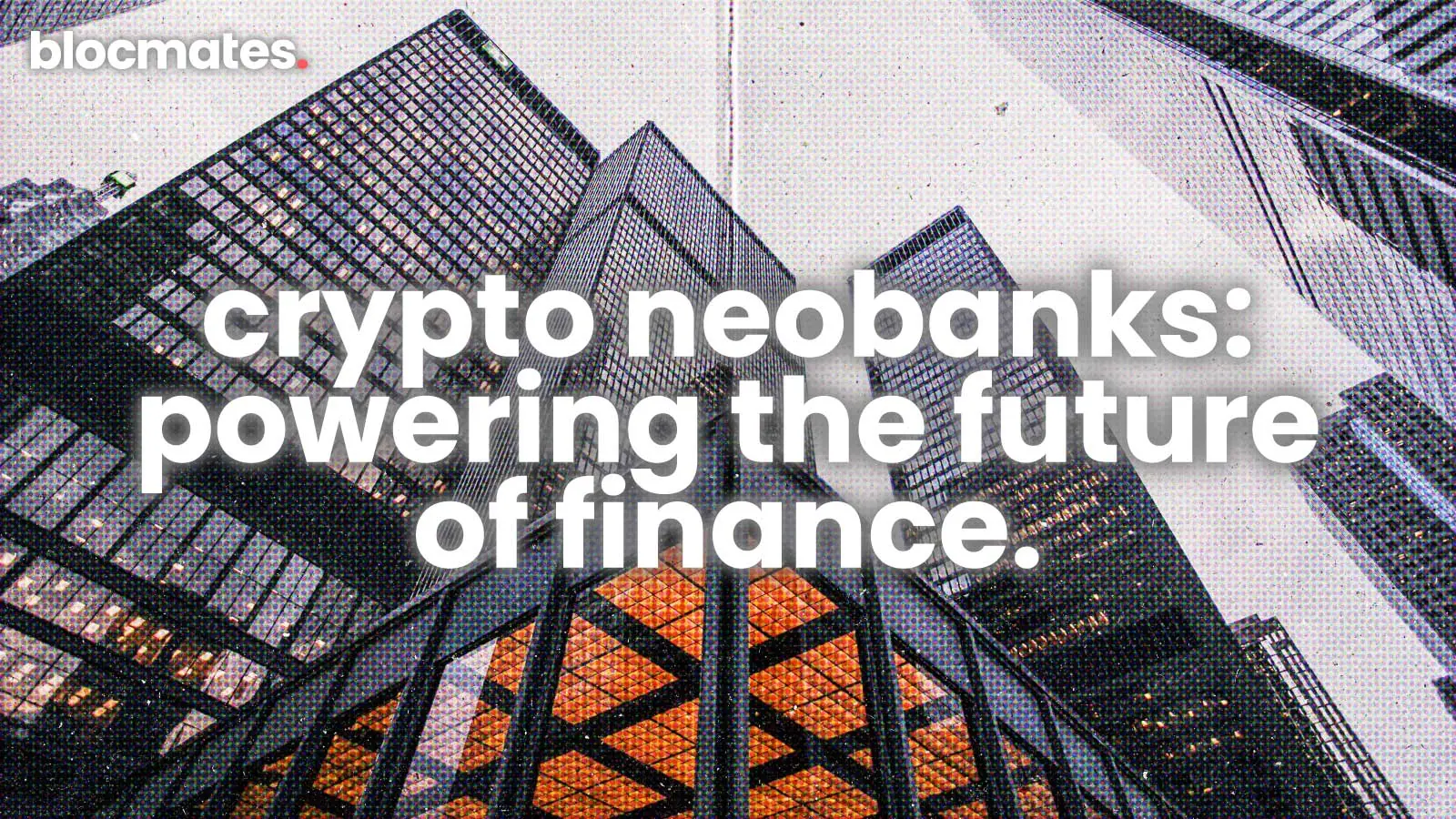


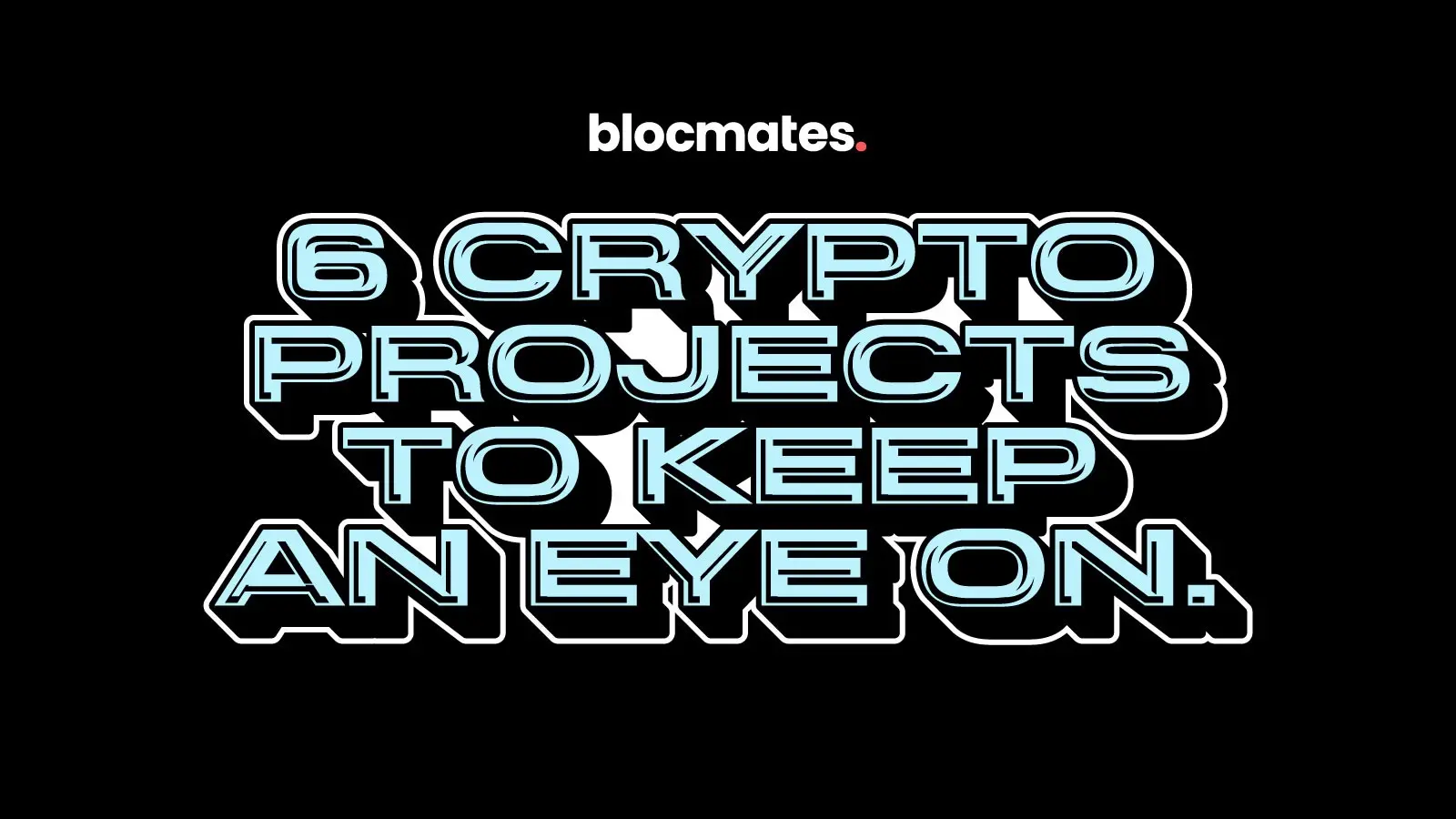
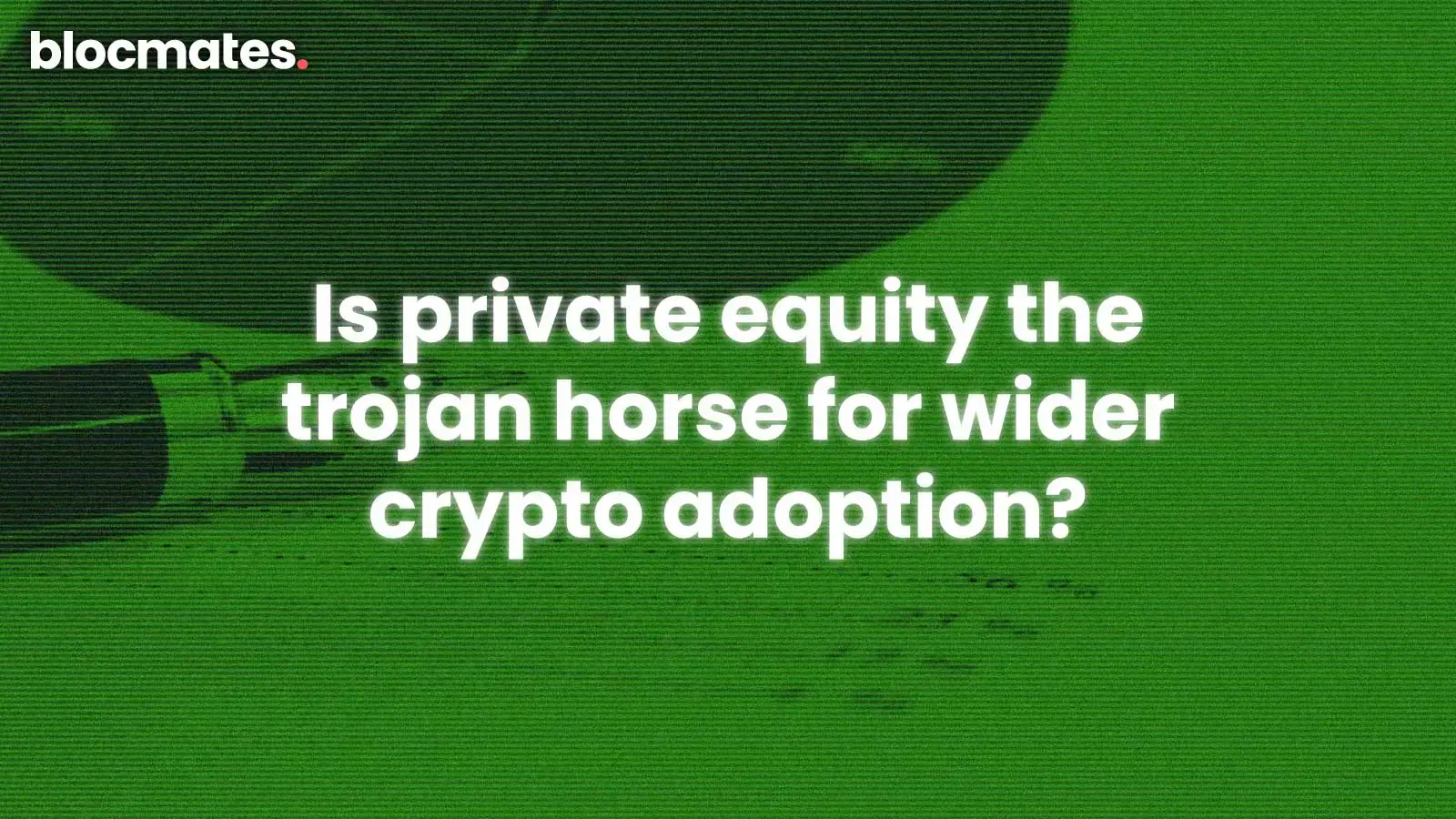
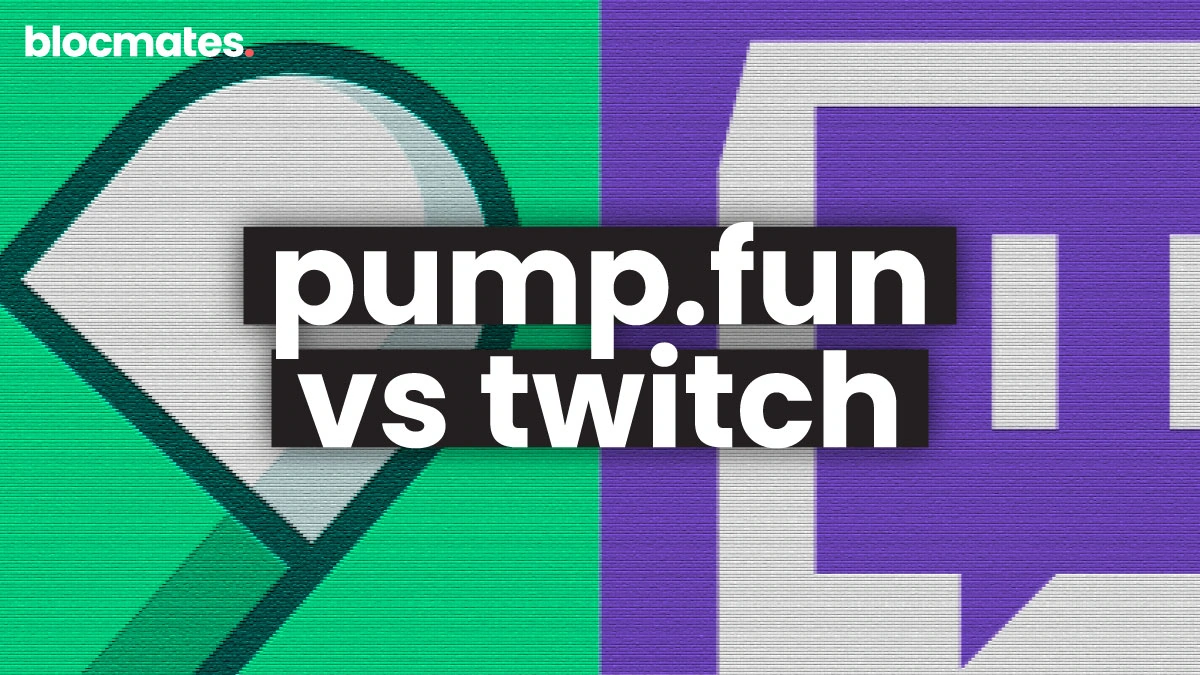


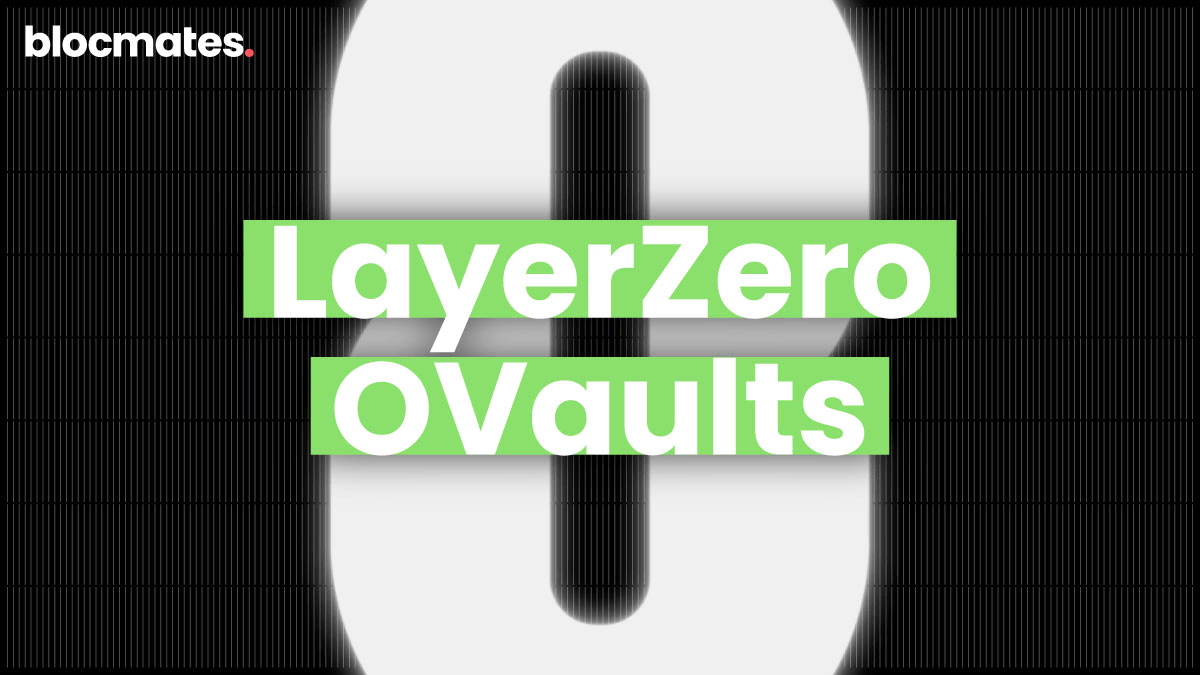

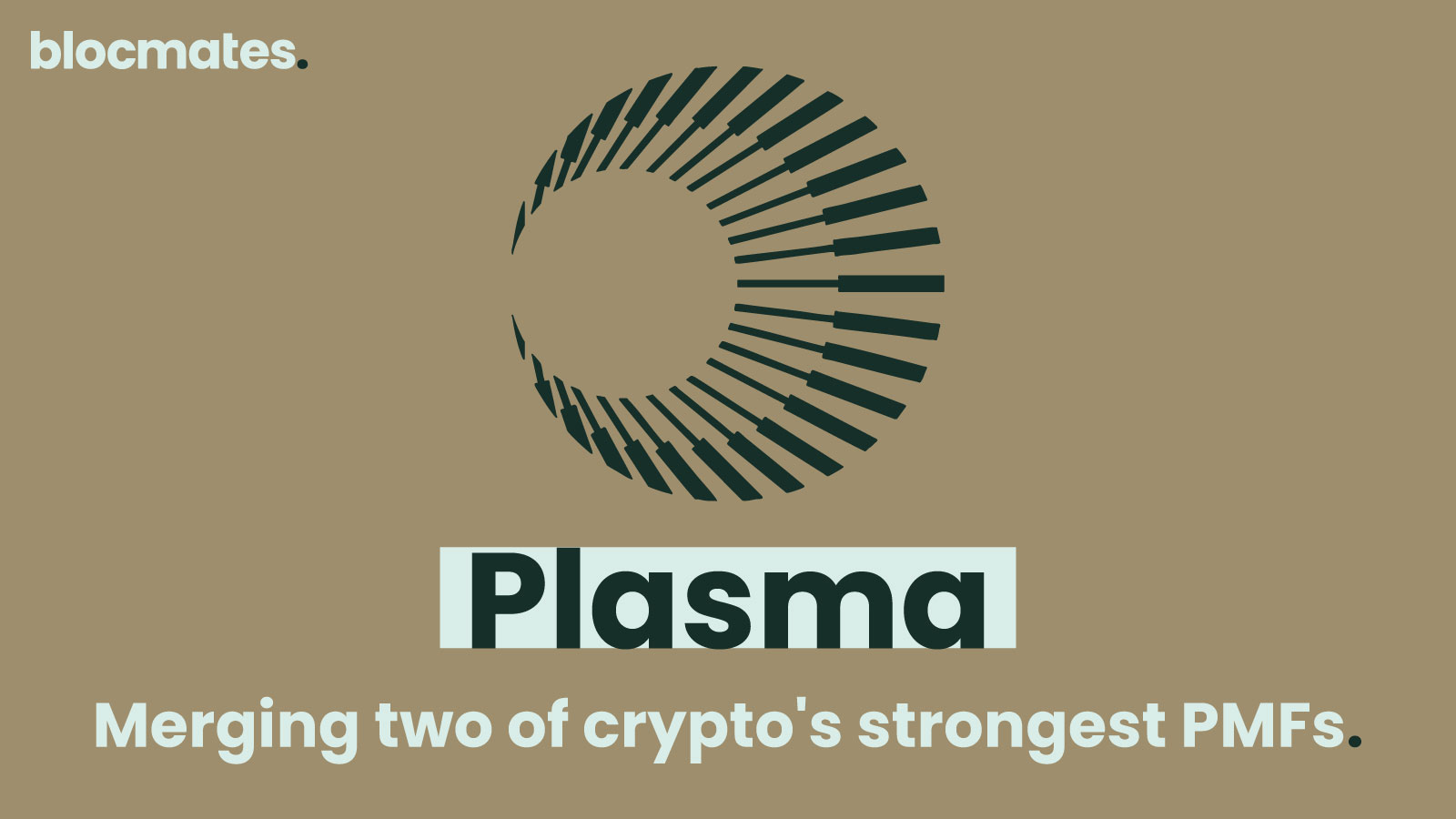

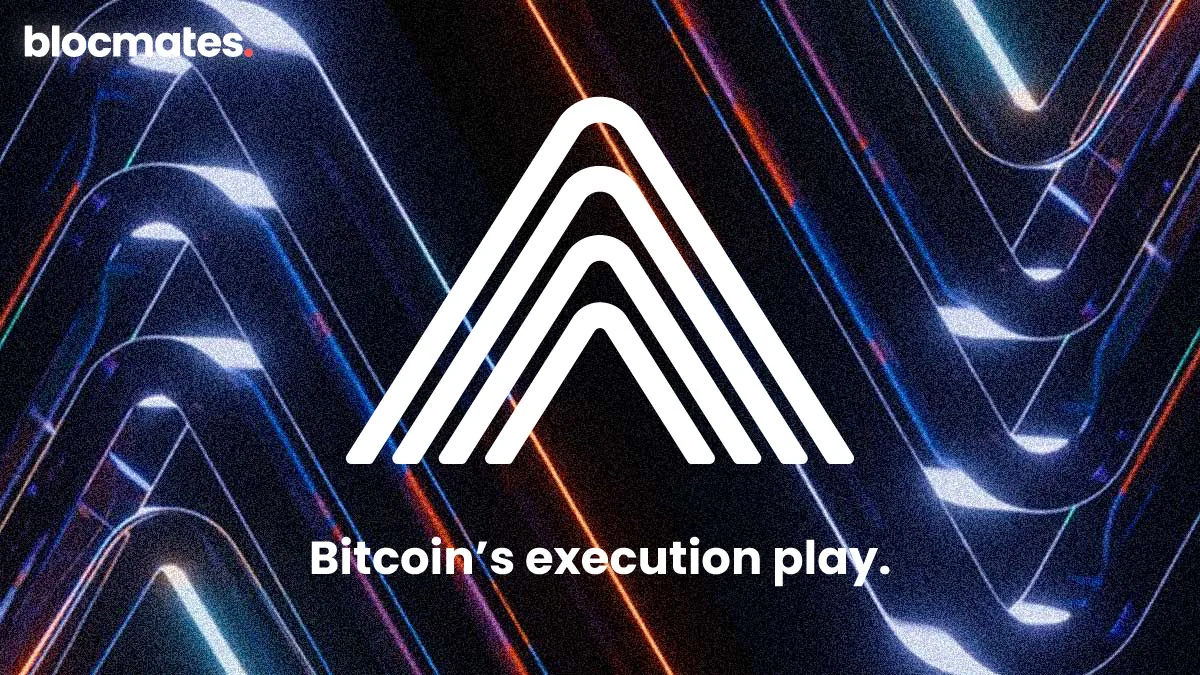
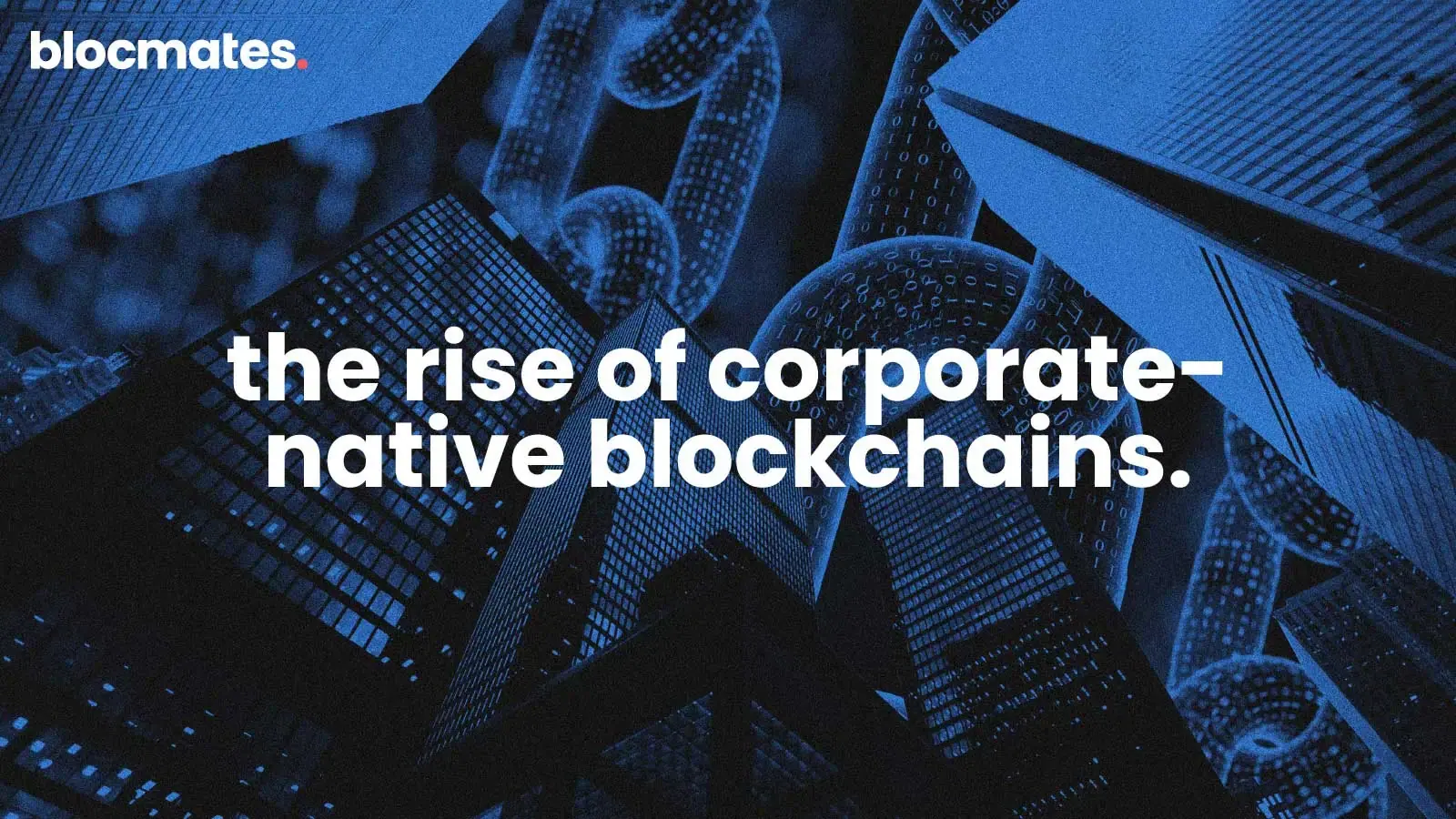
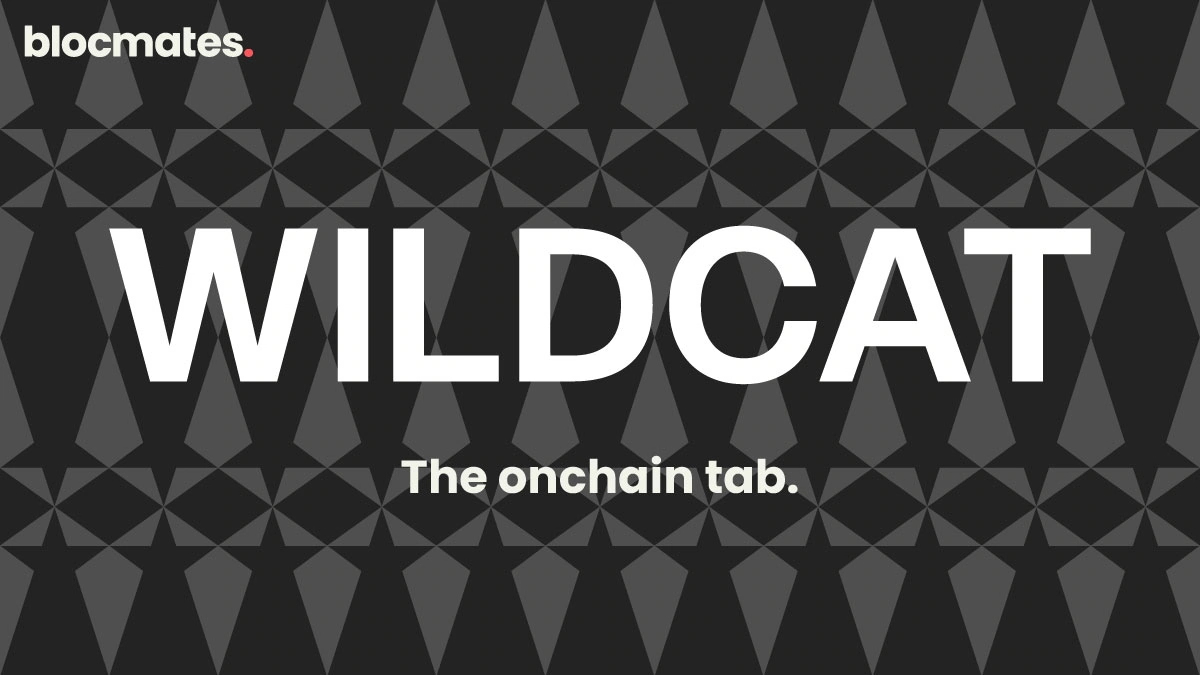
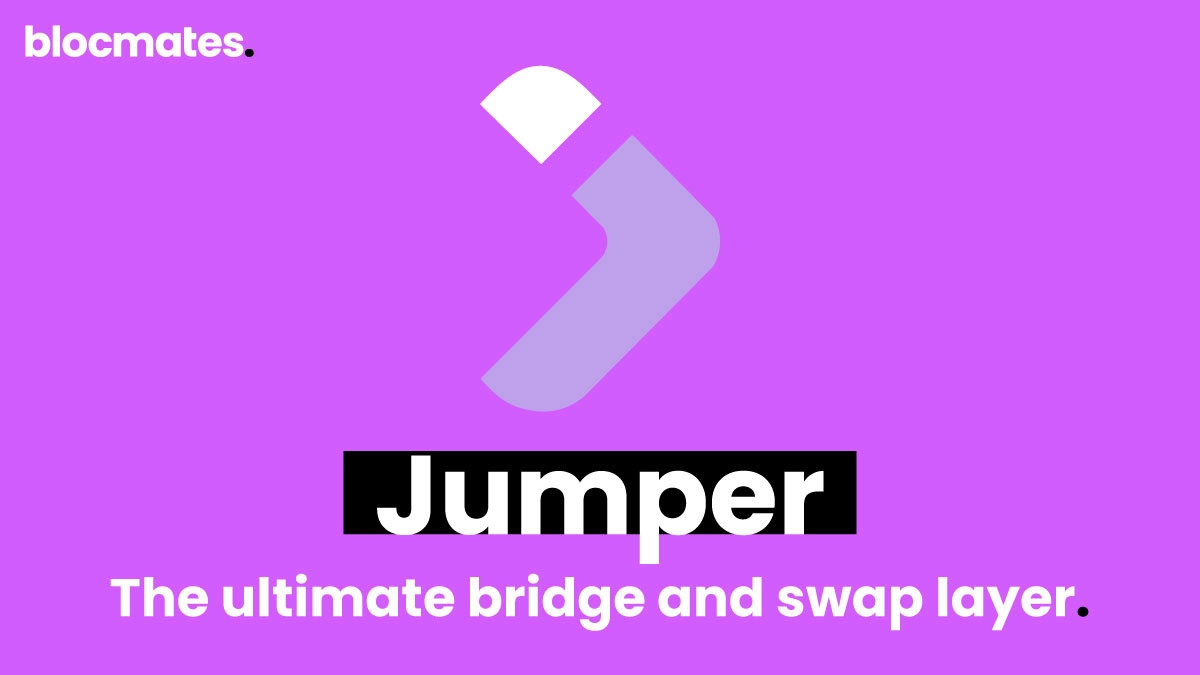
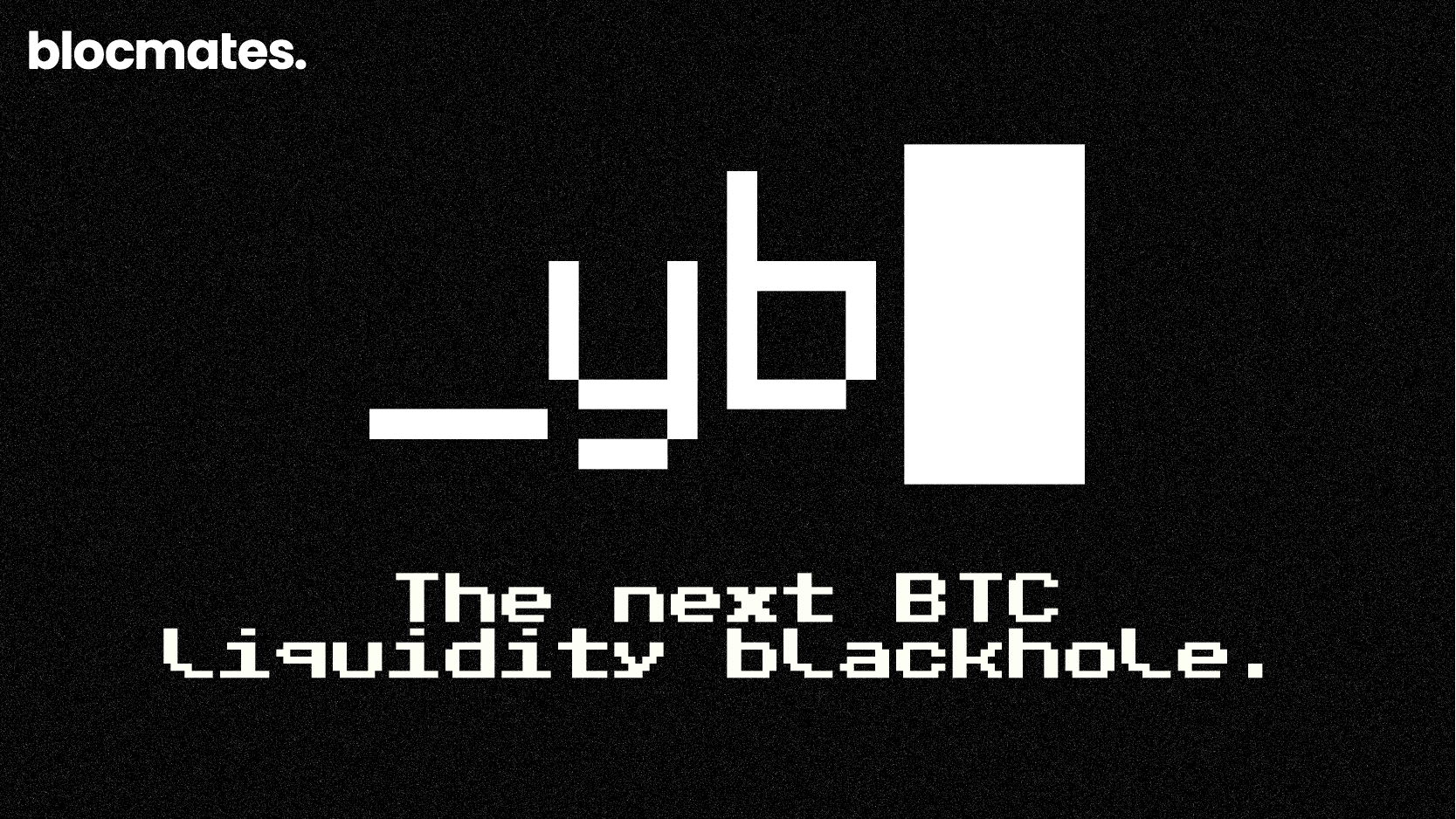
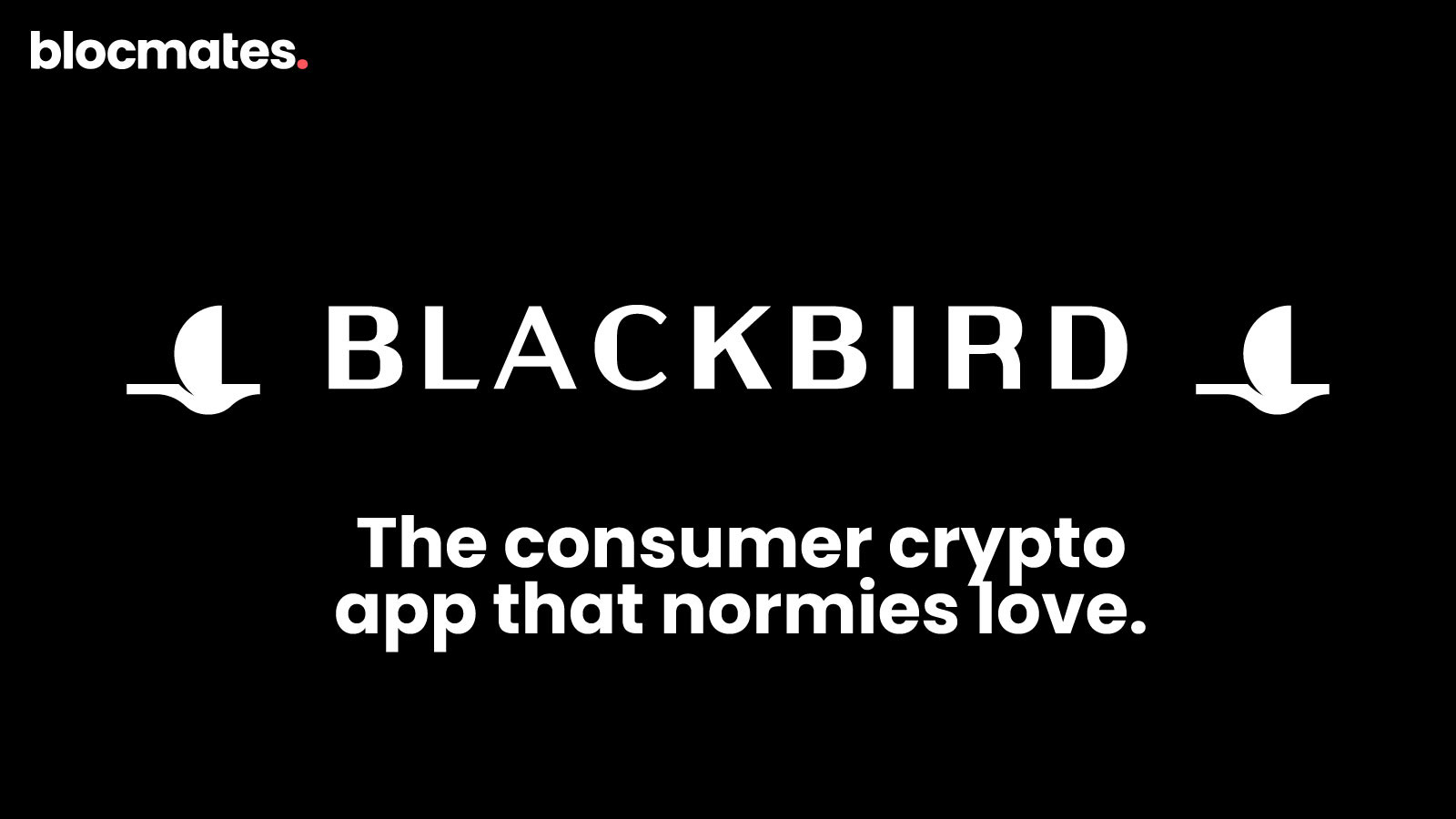
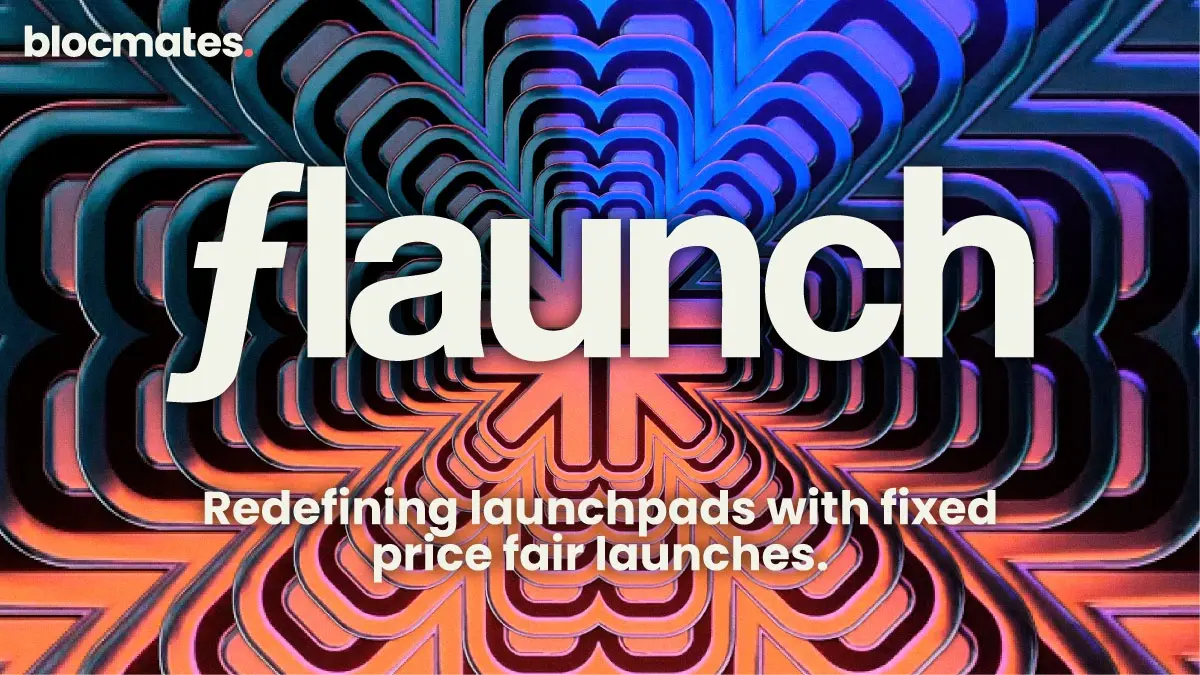

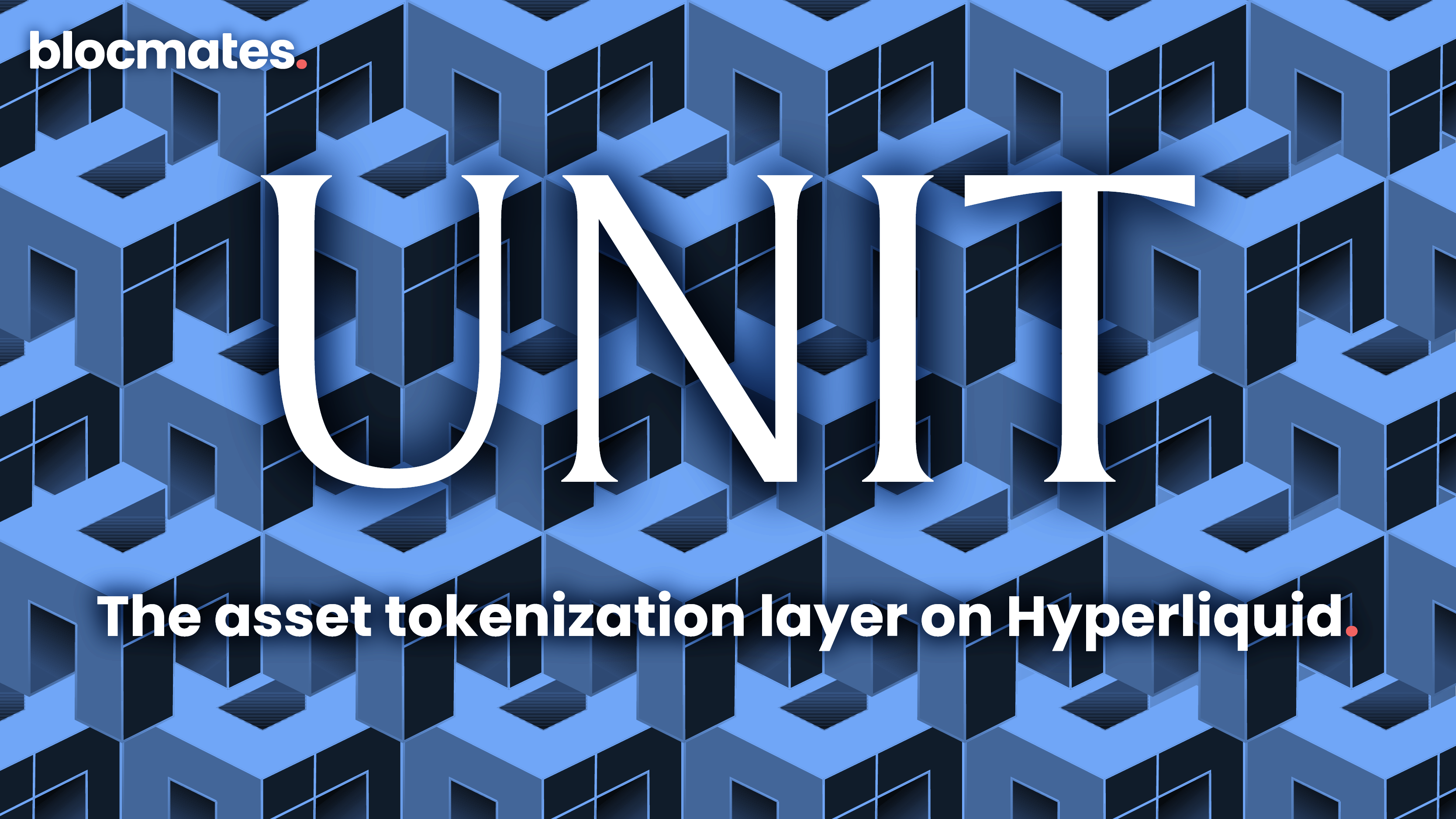
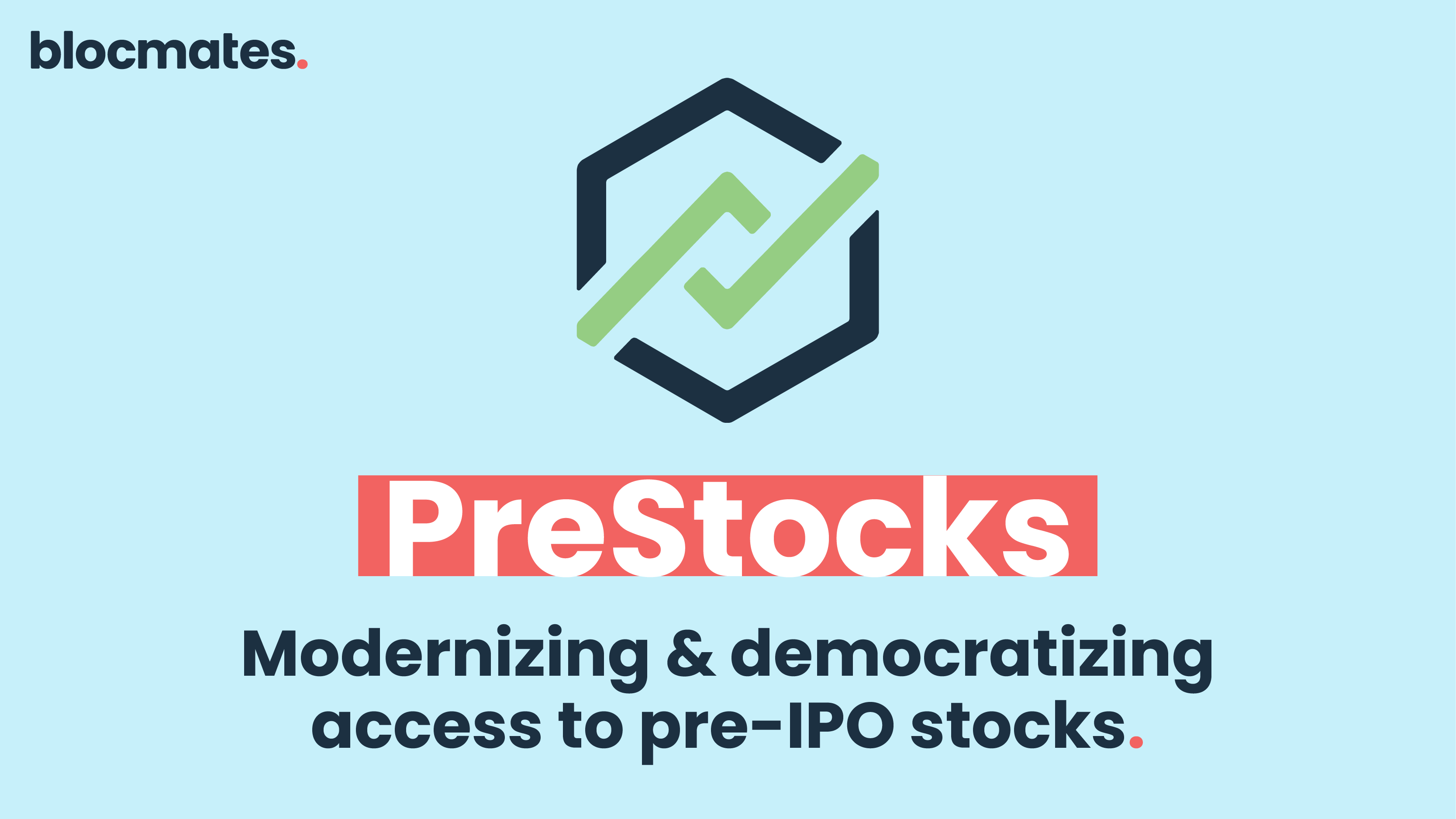

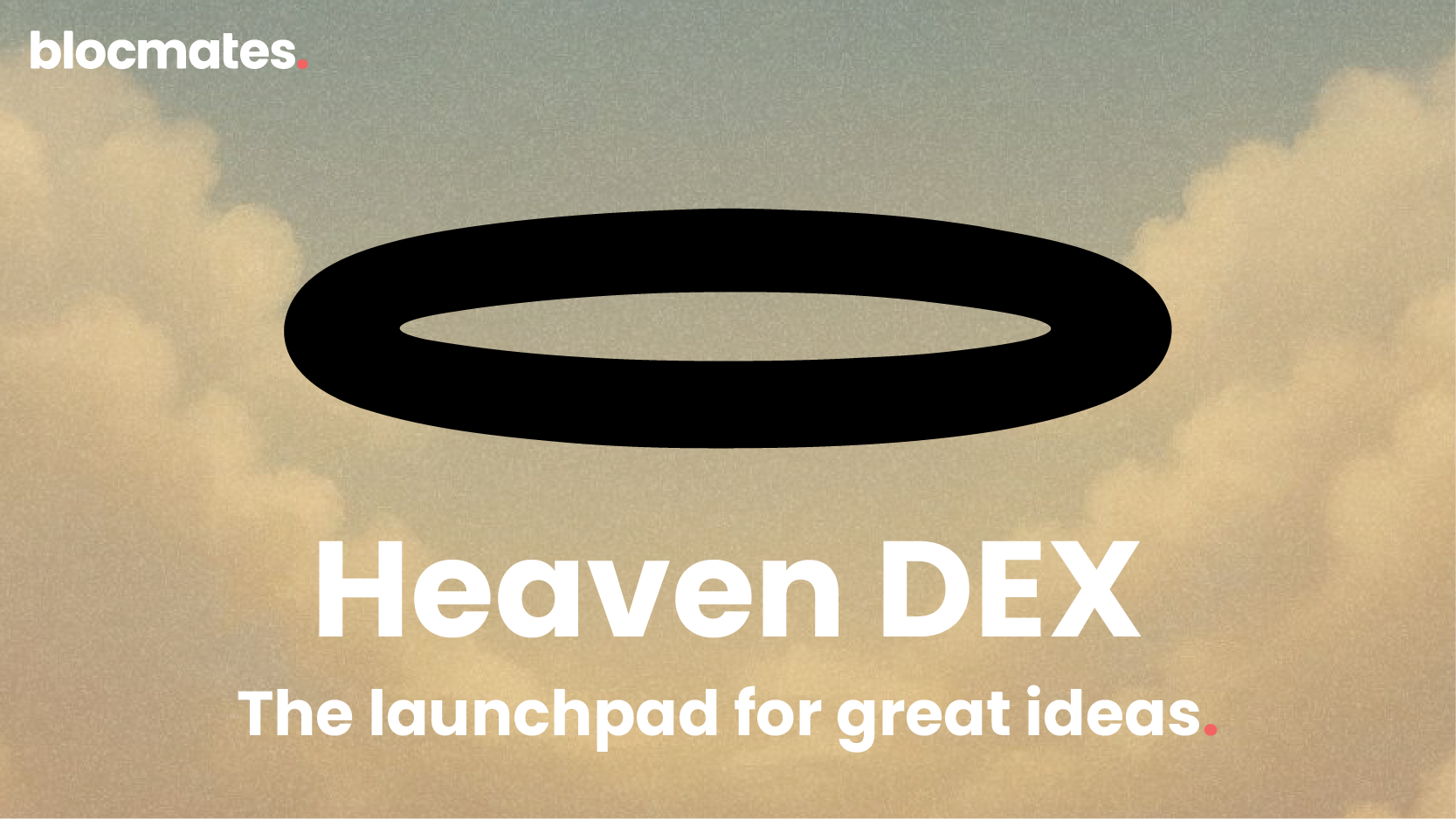
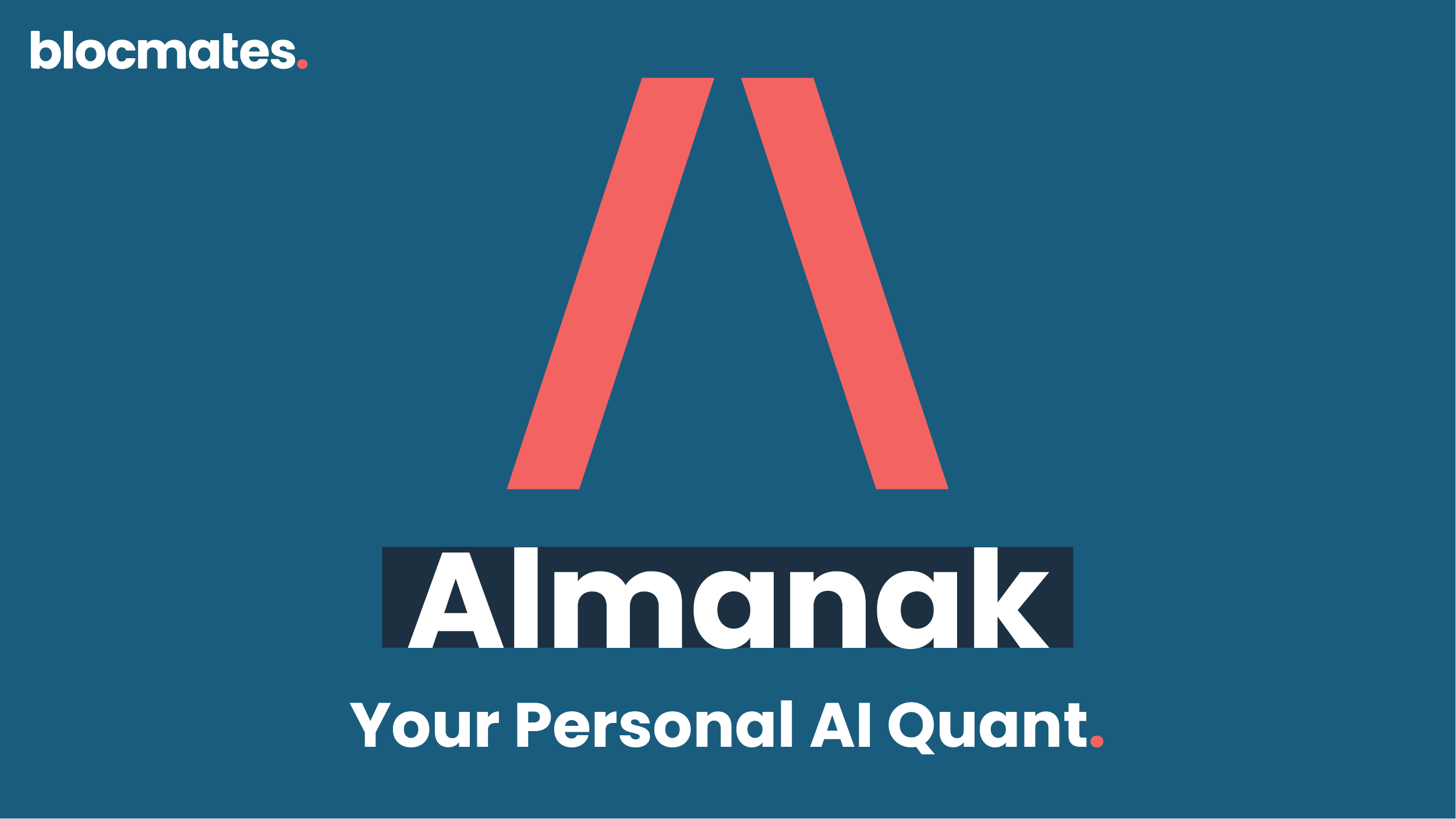
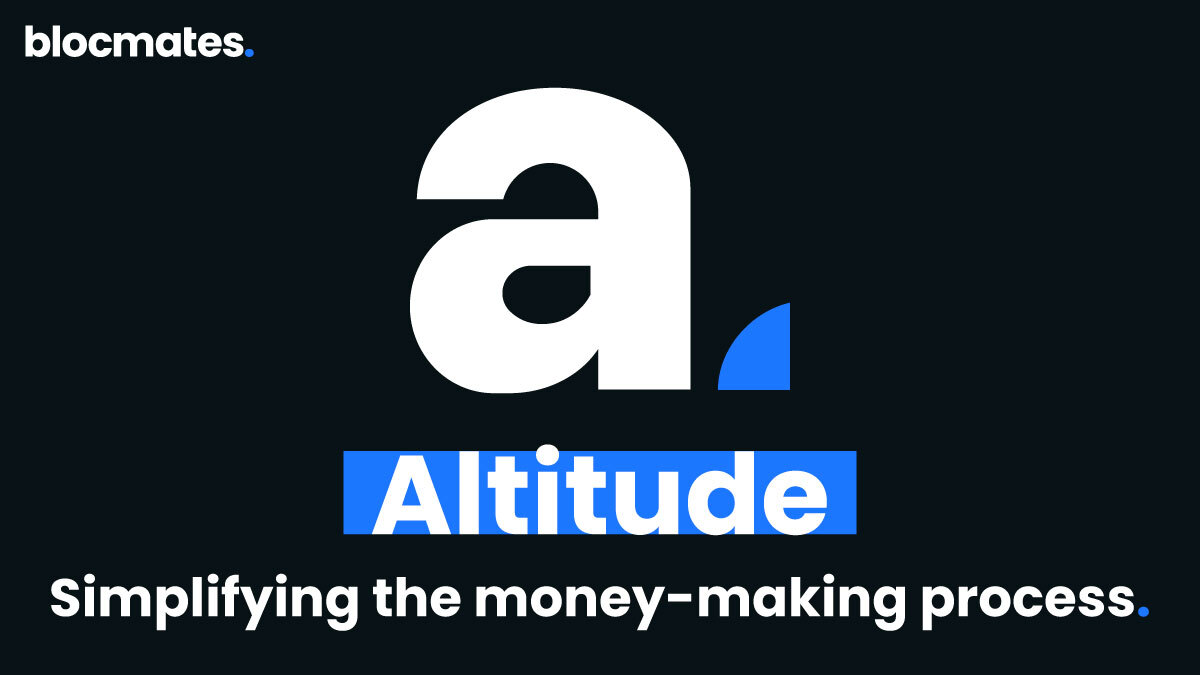
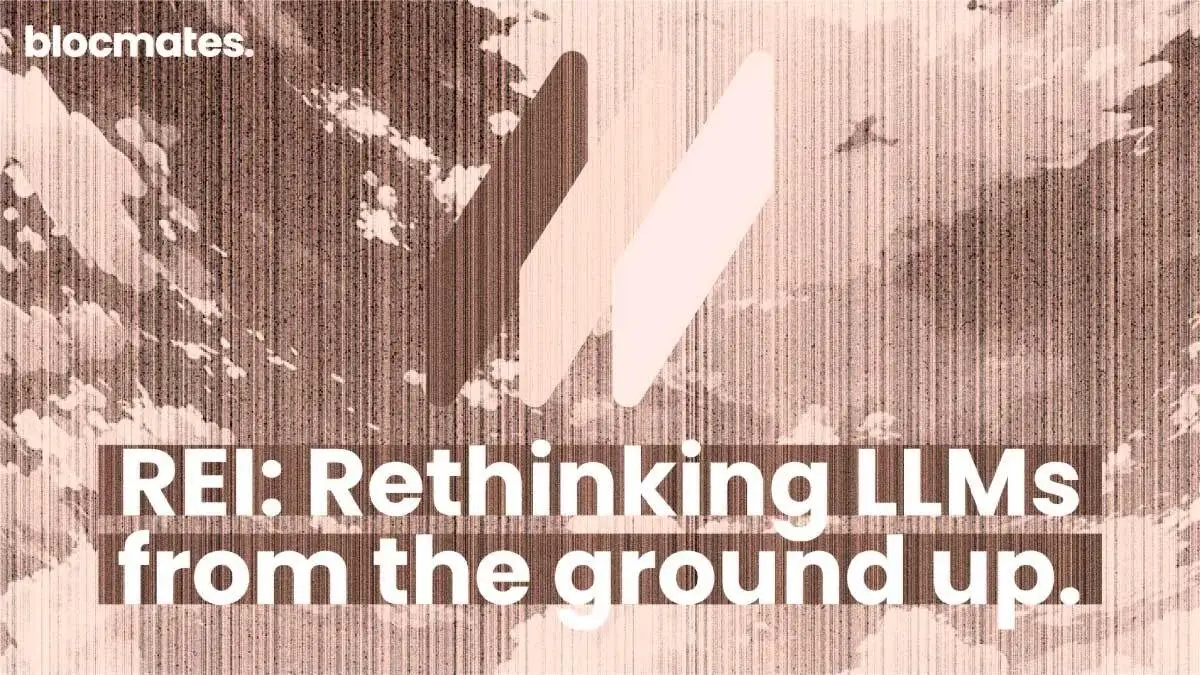
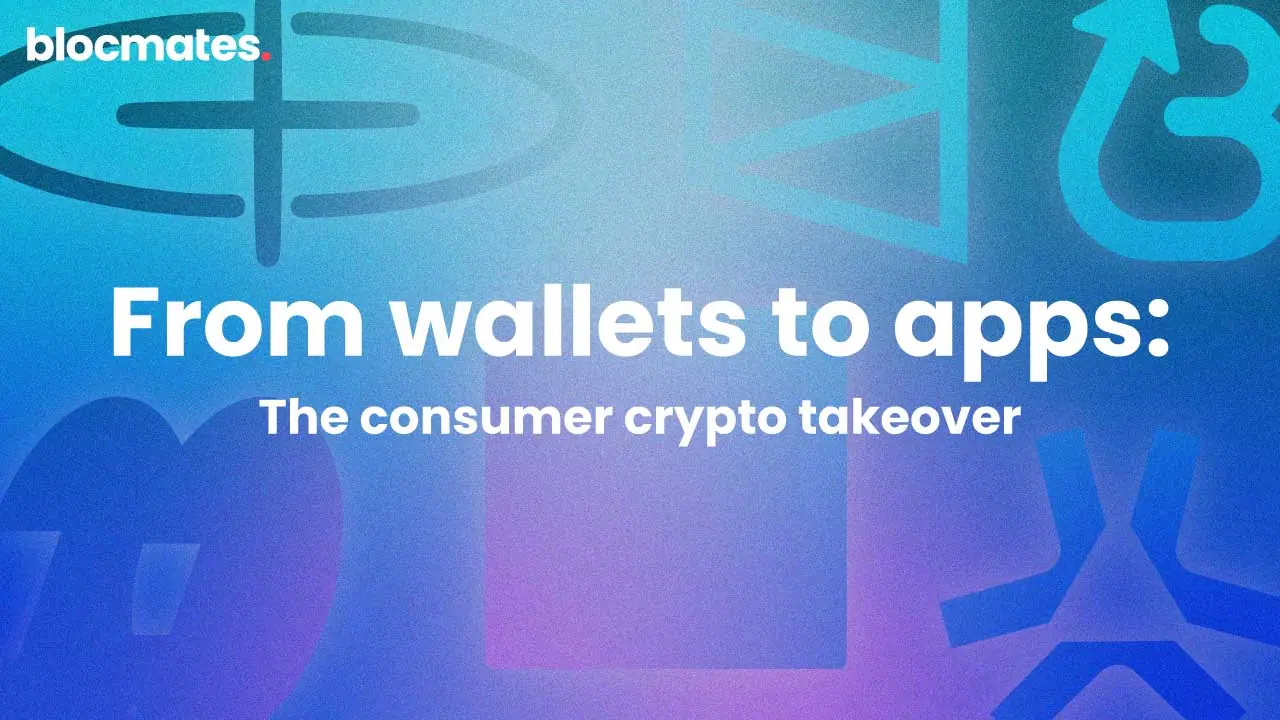
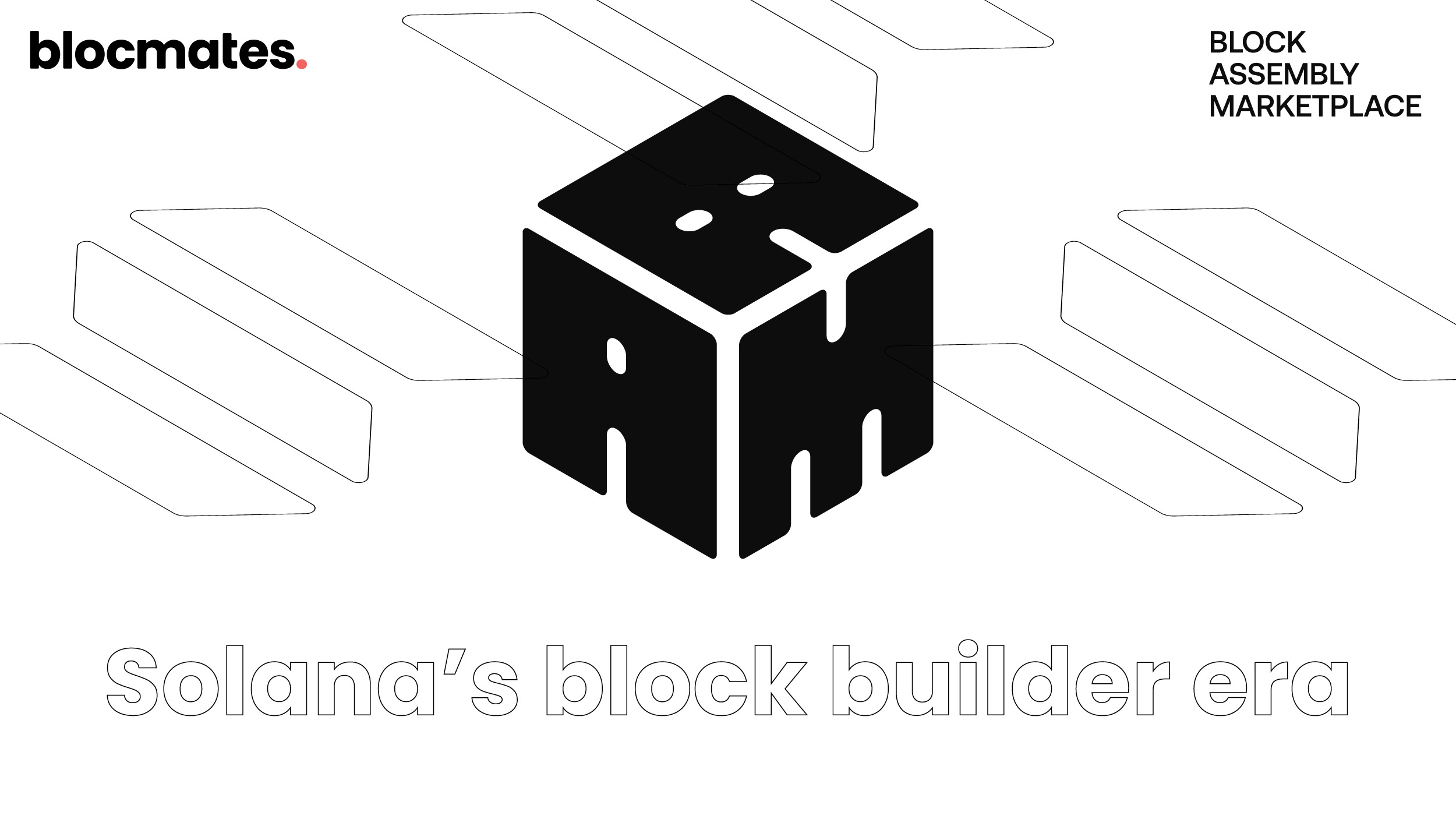

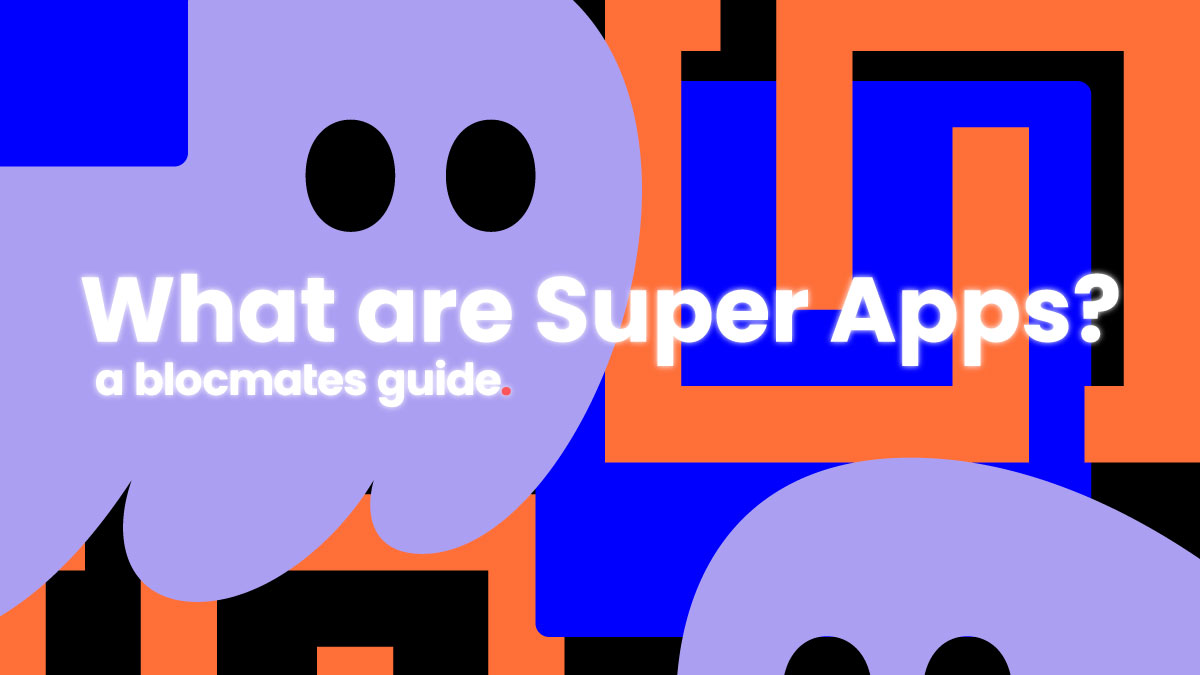
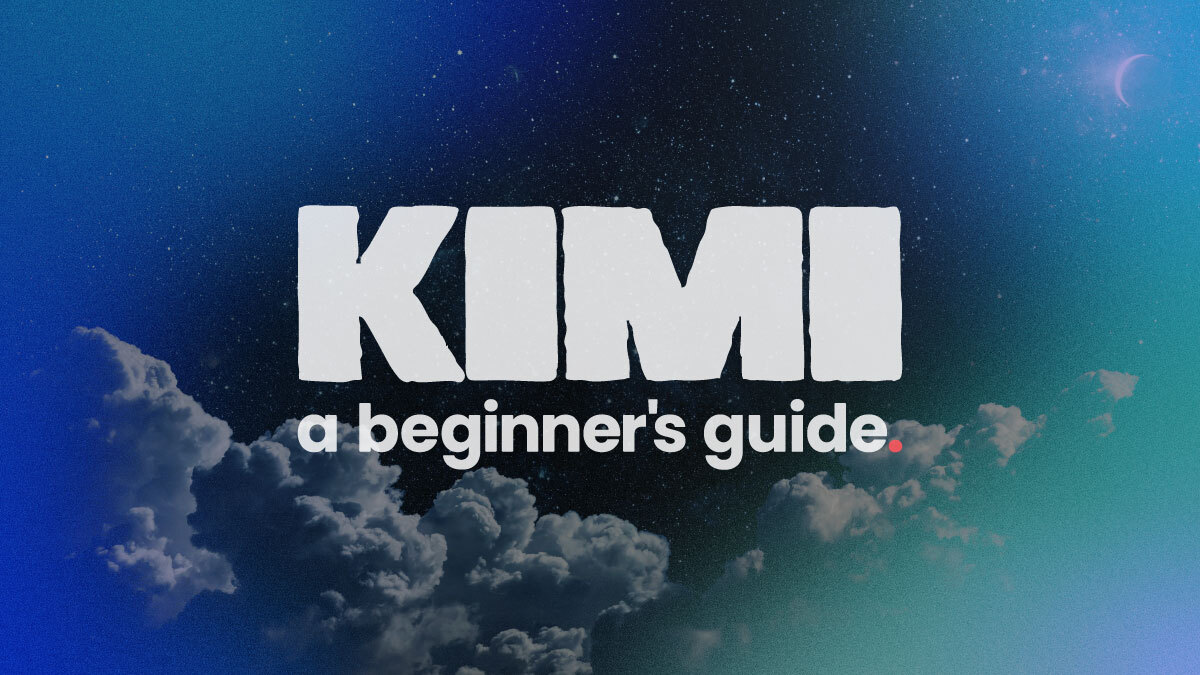
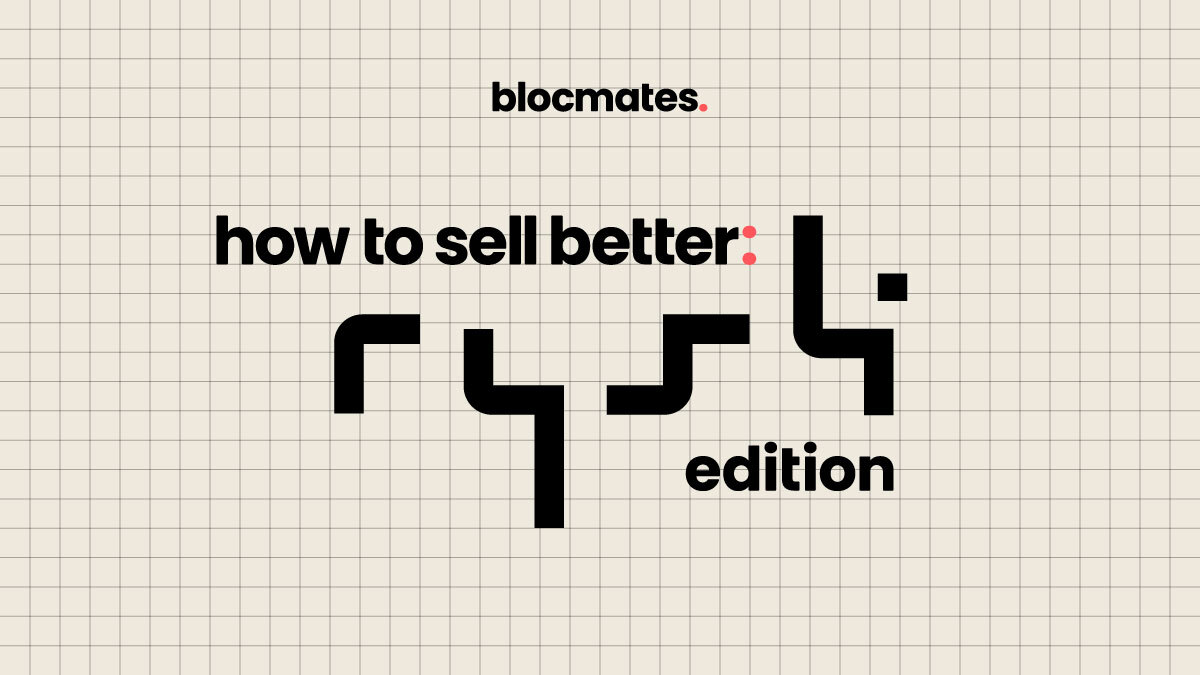
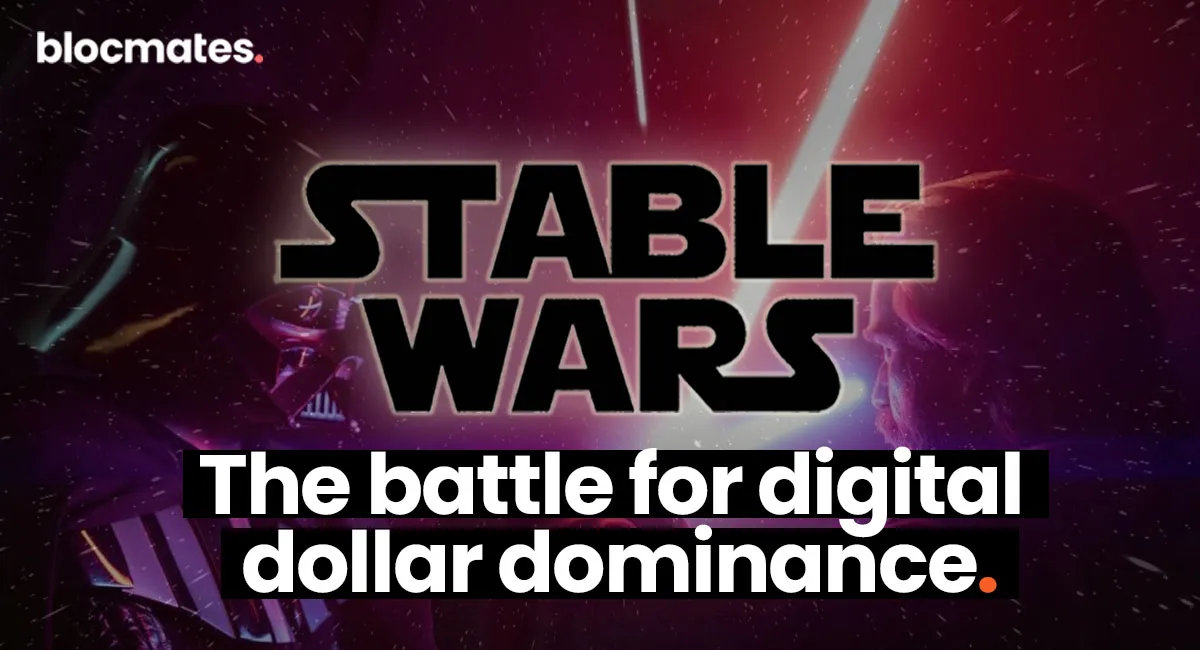






















%202.webp)


.webp)

.webp)
.webp)
.webp)


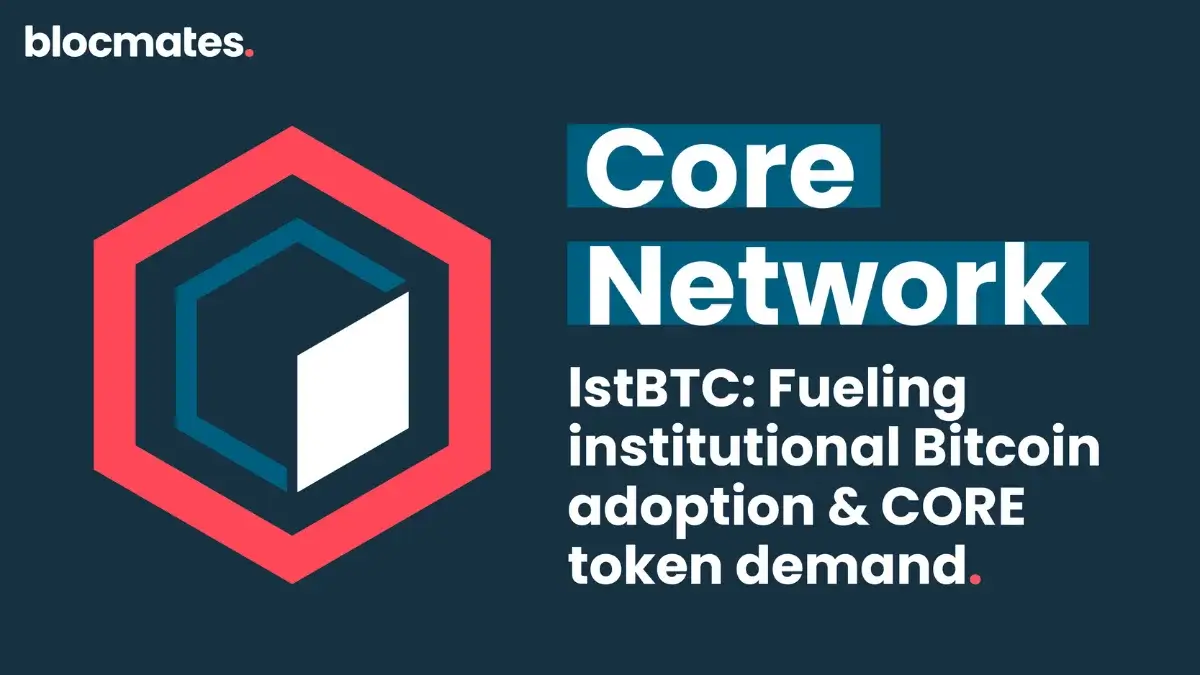
.webp)












%20the%20Next%20Big%20Unlock%20in%20AI.webp)




.webp)
.webp)
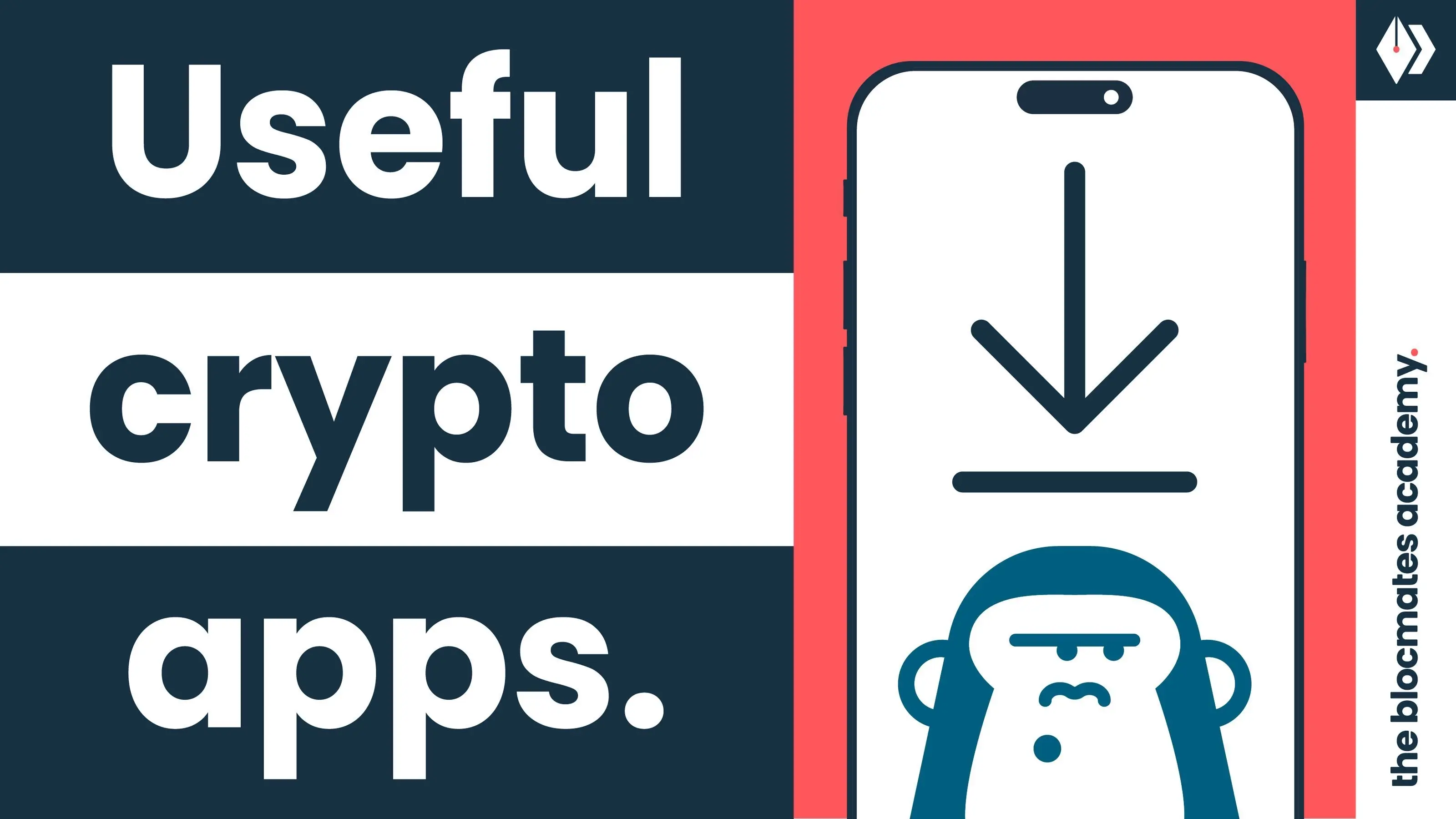
.webp)
.webp)
.webp)


.webp)
.webp)










.webp)


.webp)






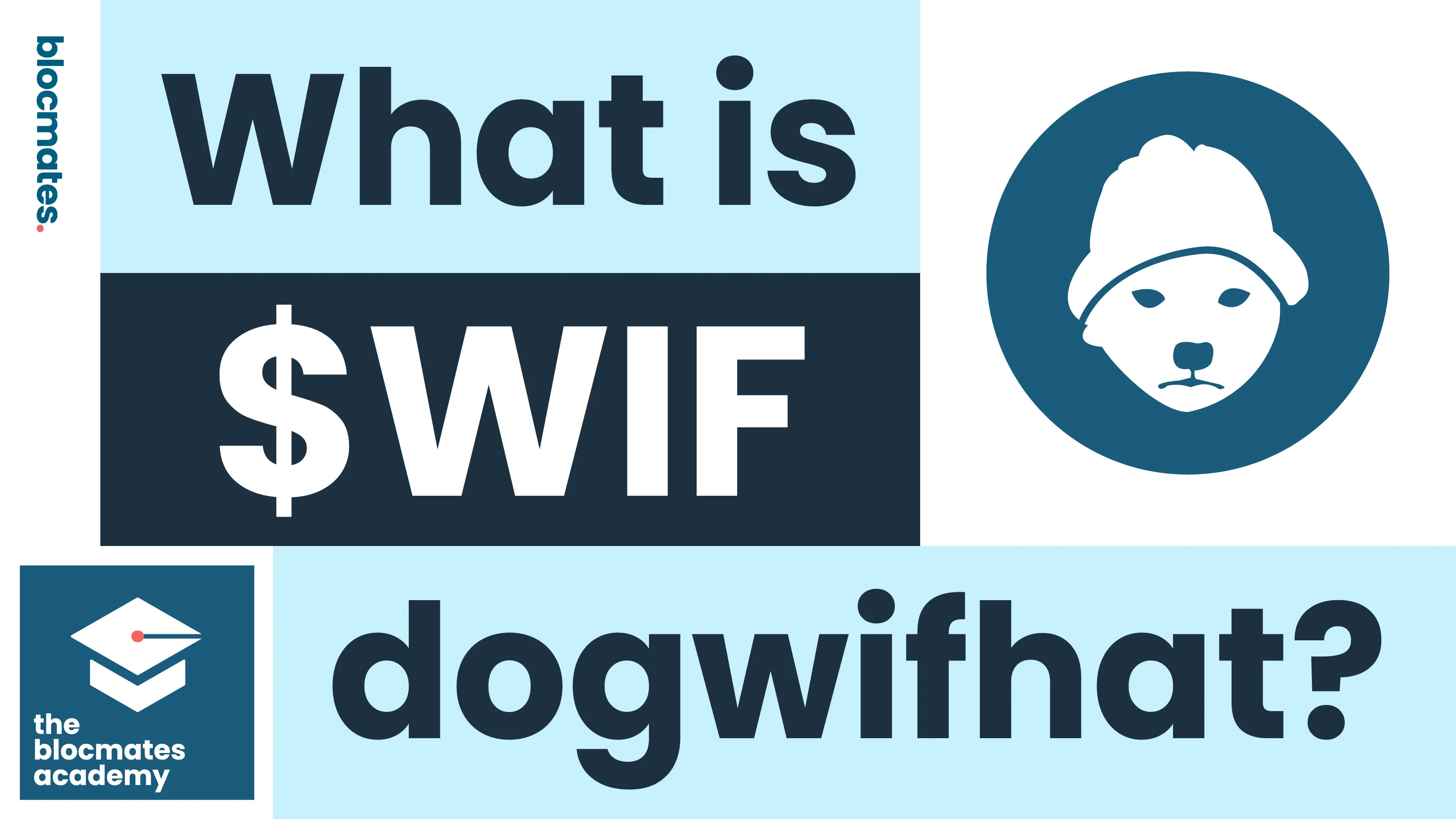


.webp)







.webp)
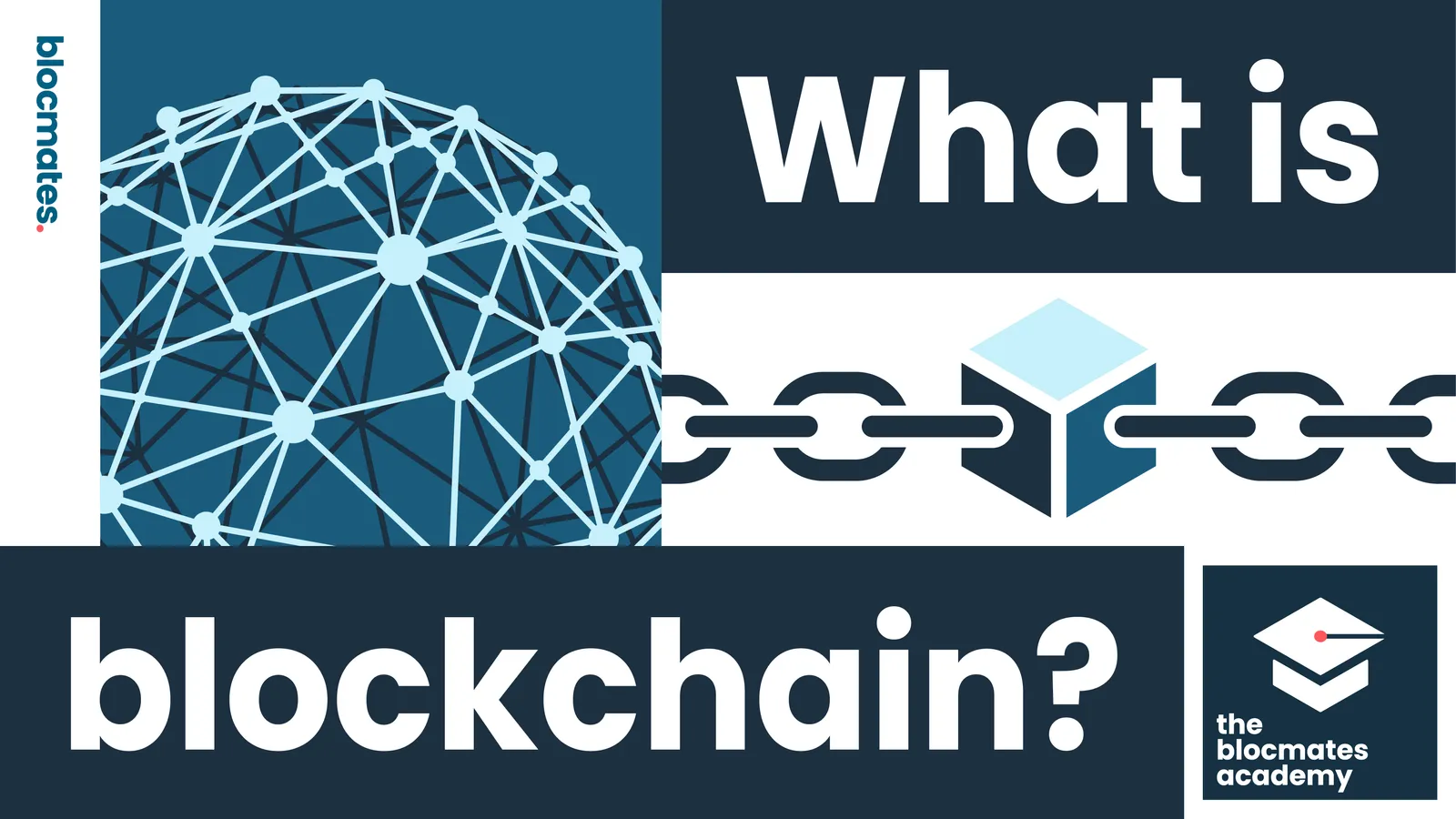



.webp)






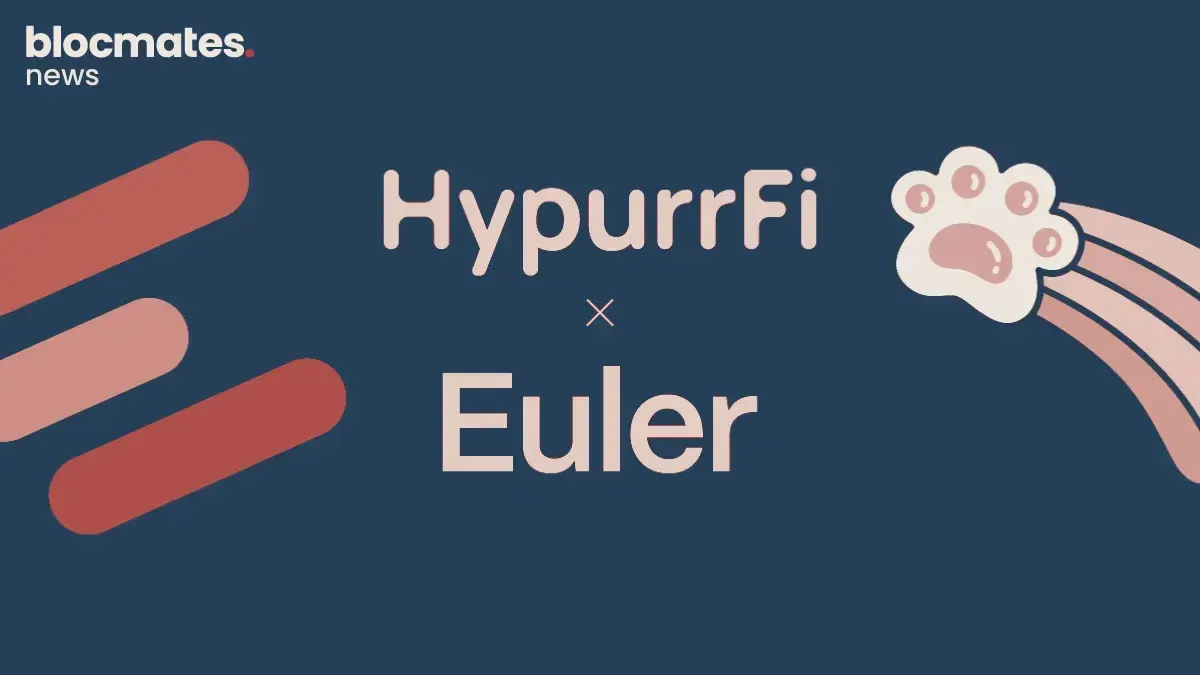


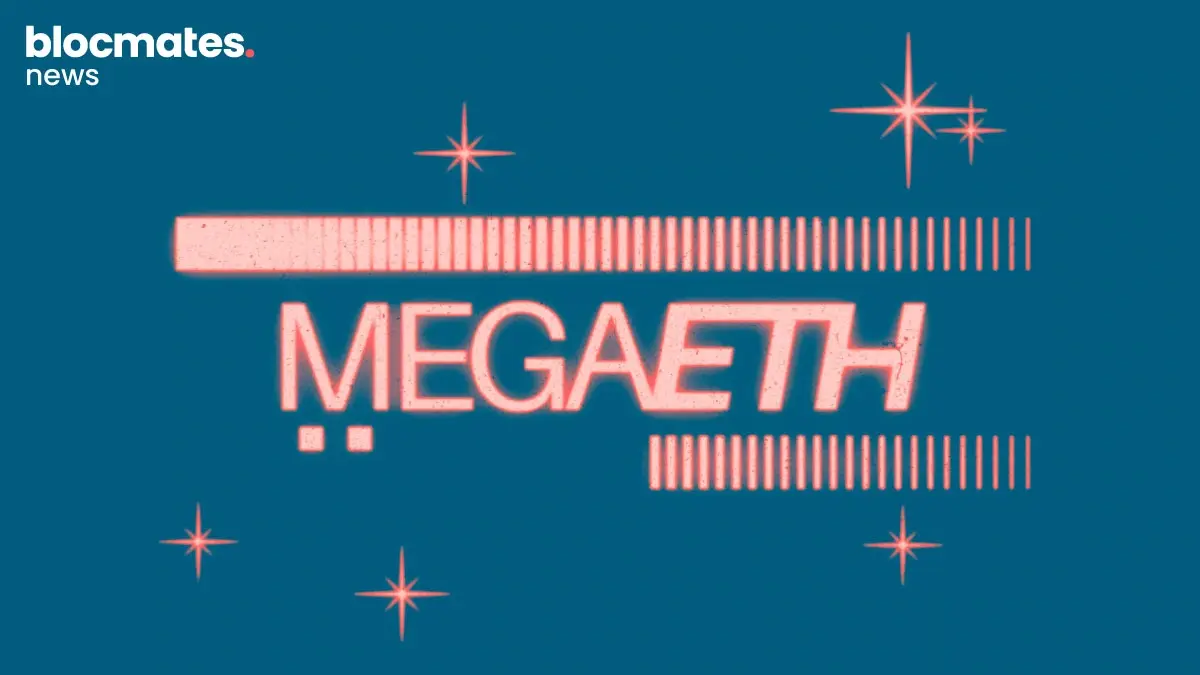




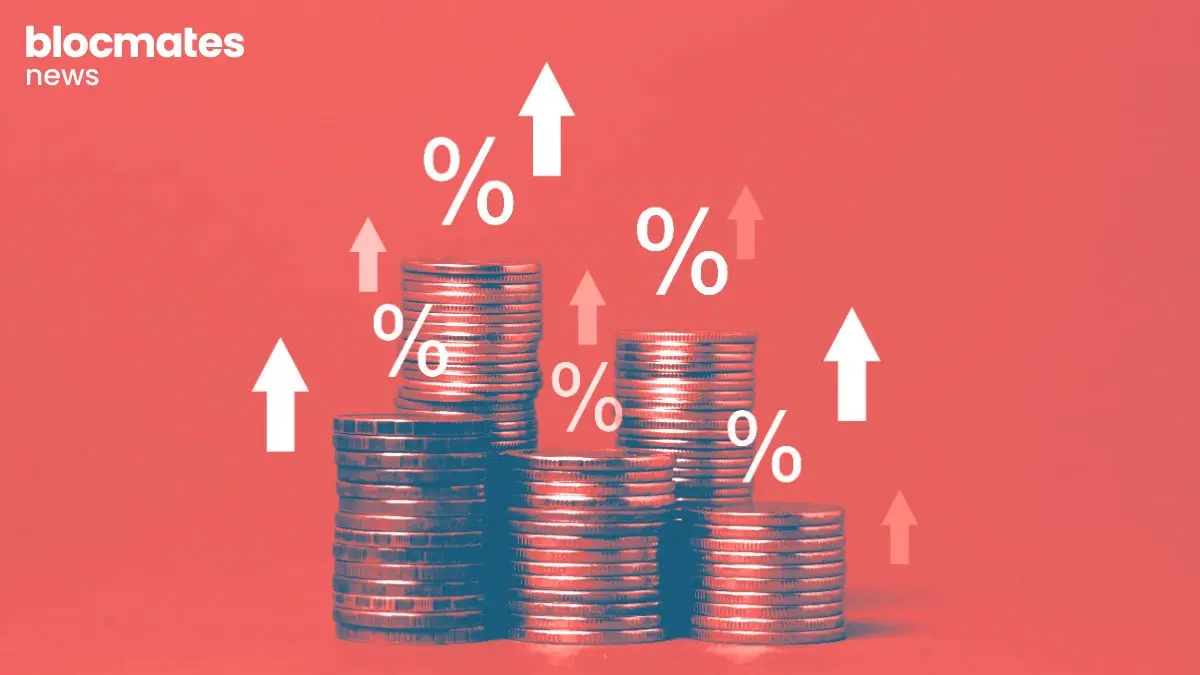



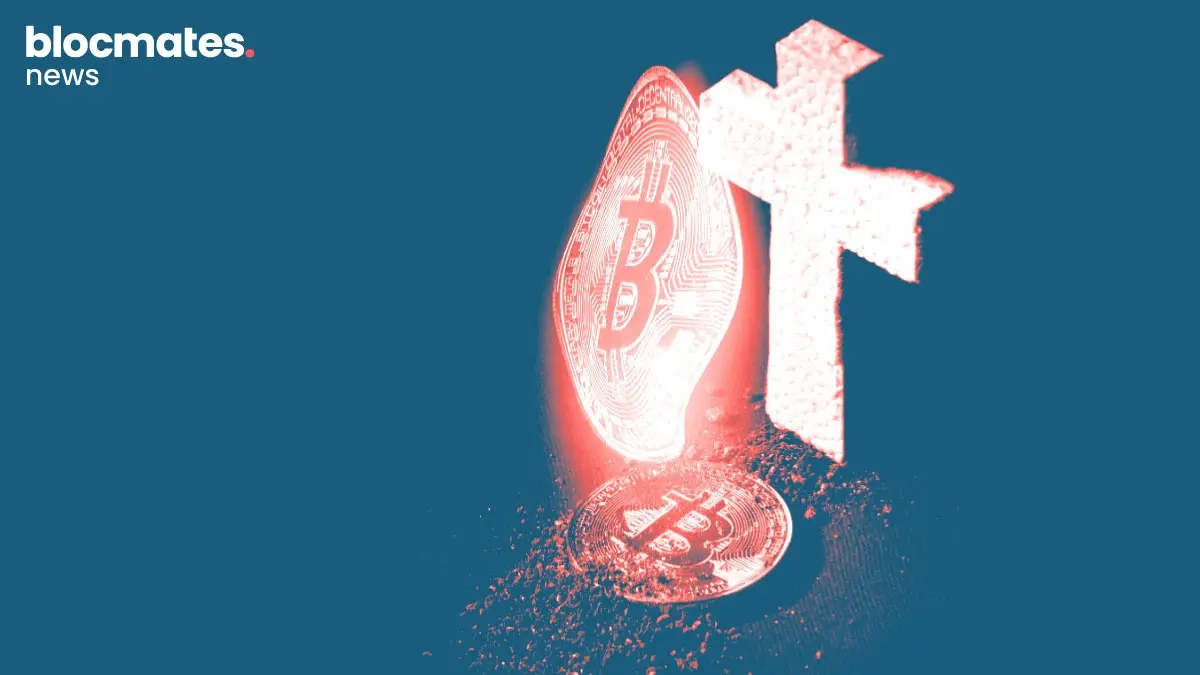


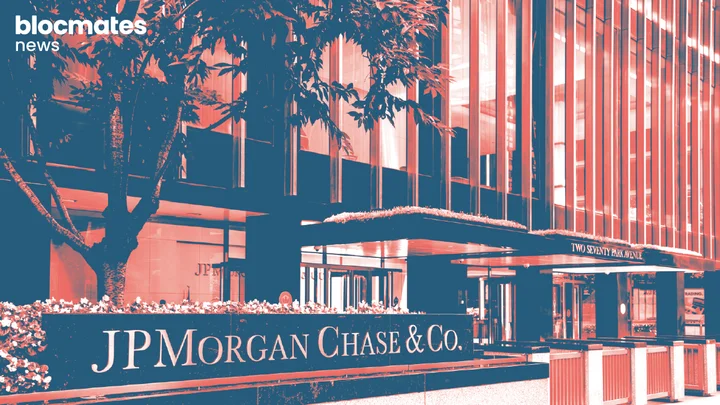
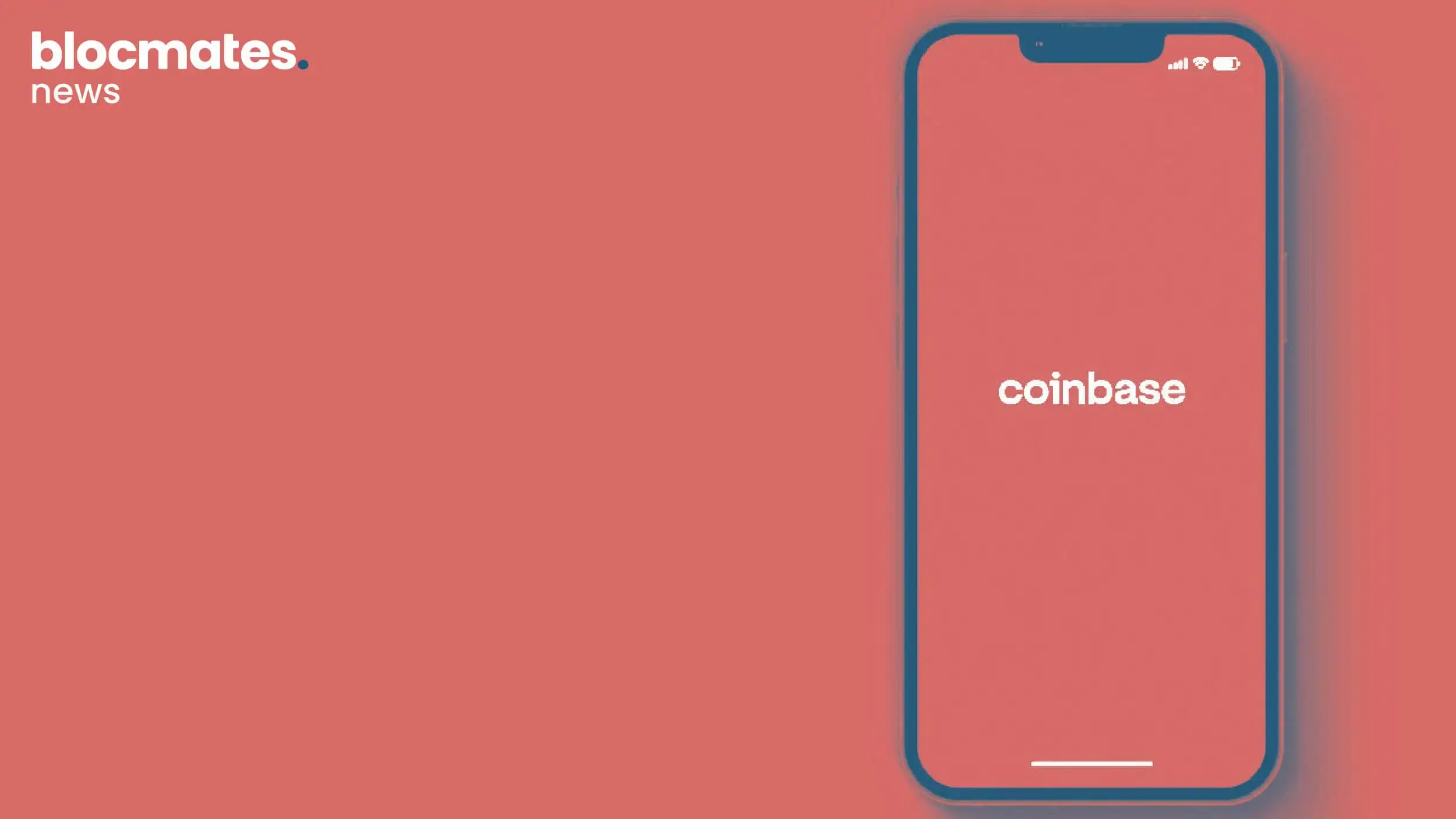

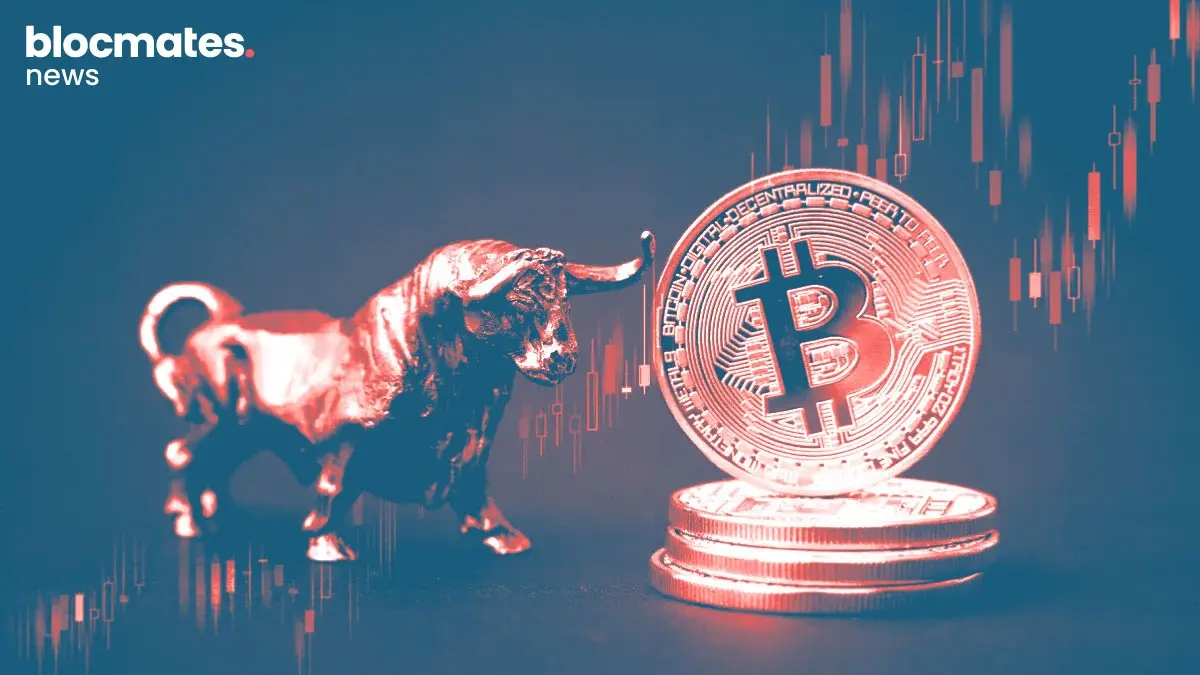

.webp)
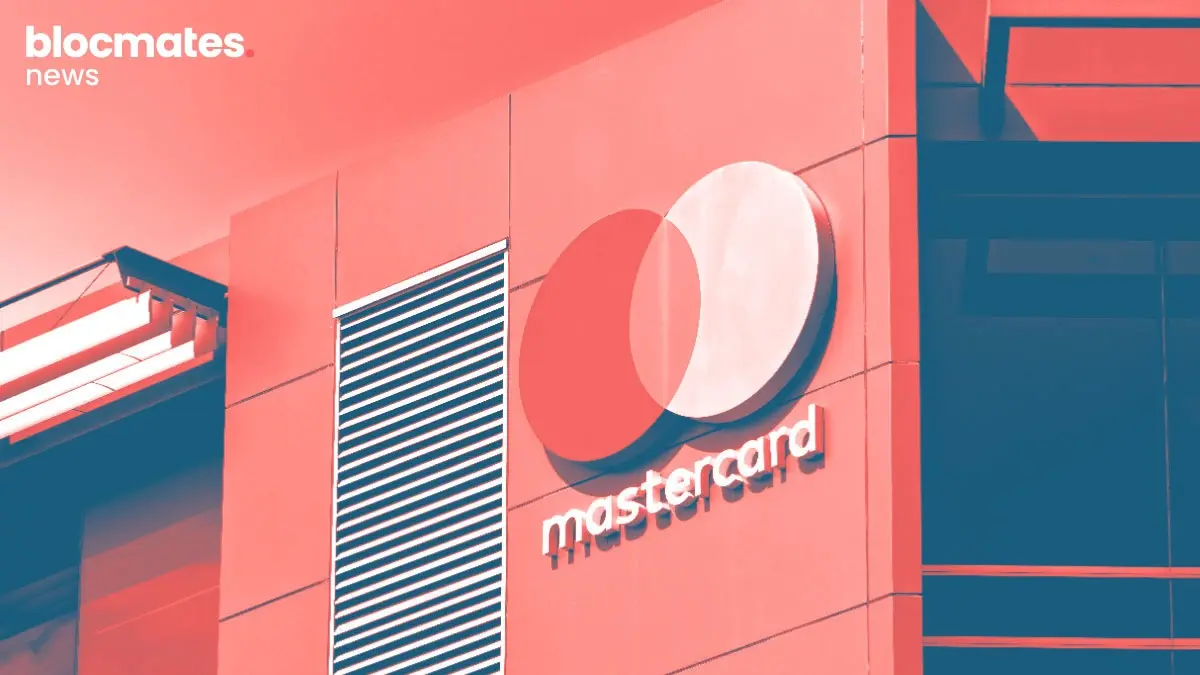


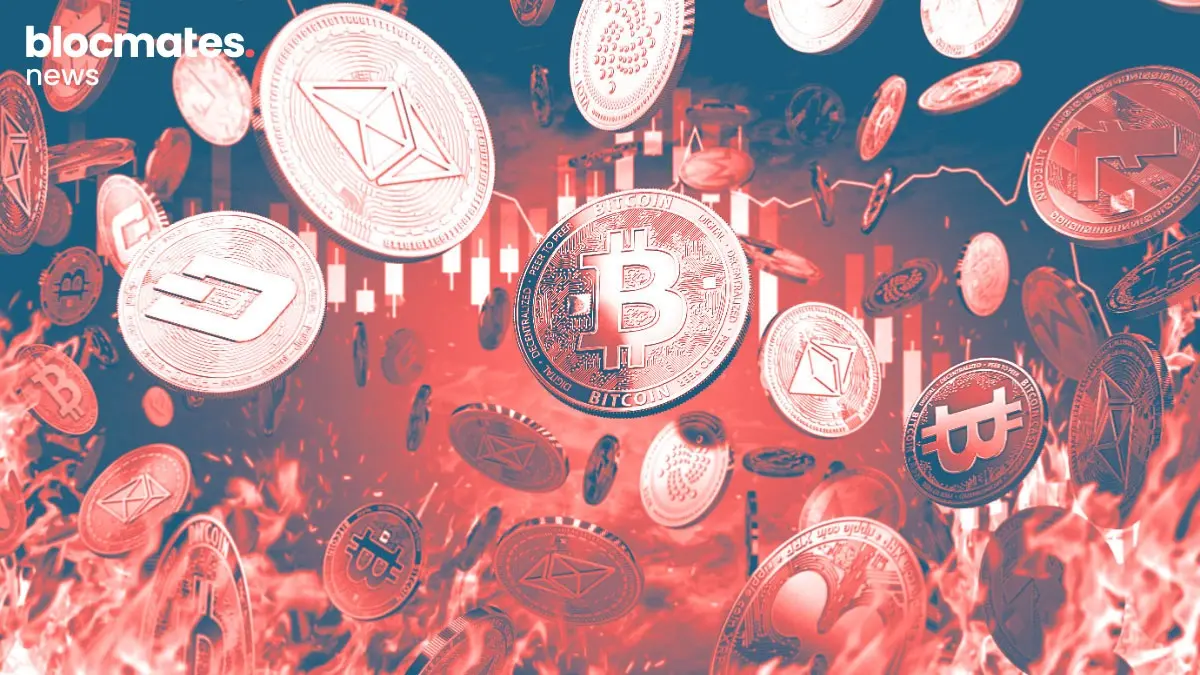

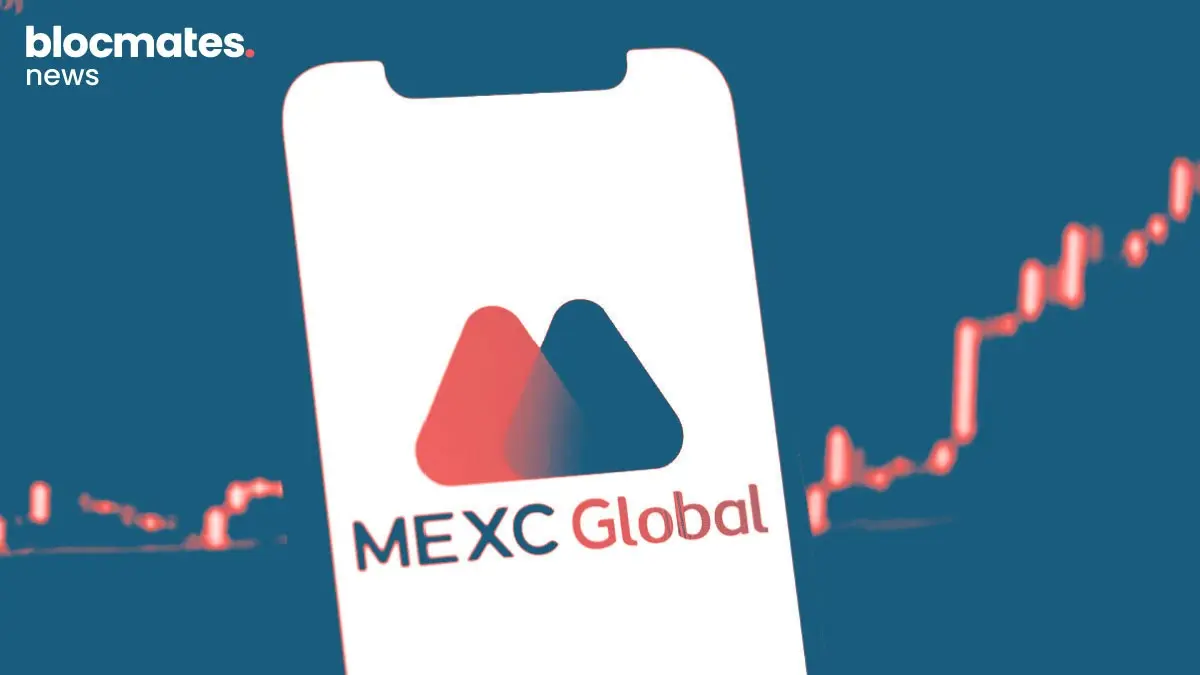

.webp)



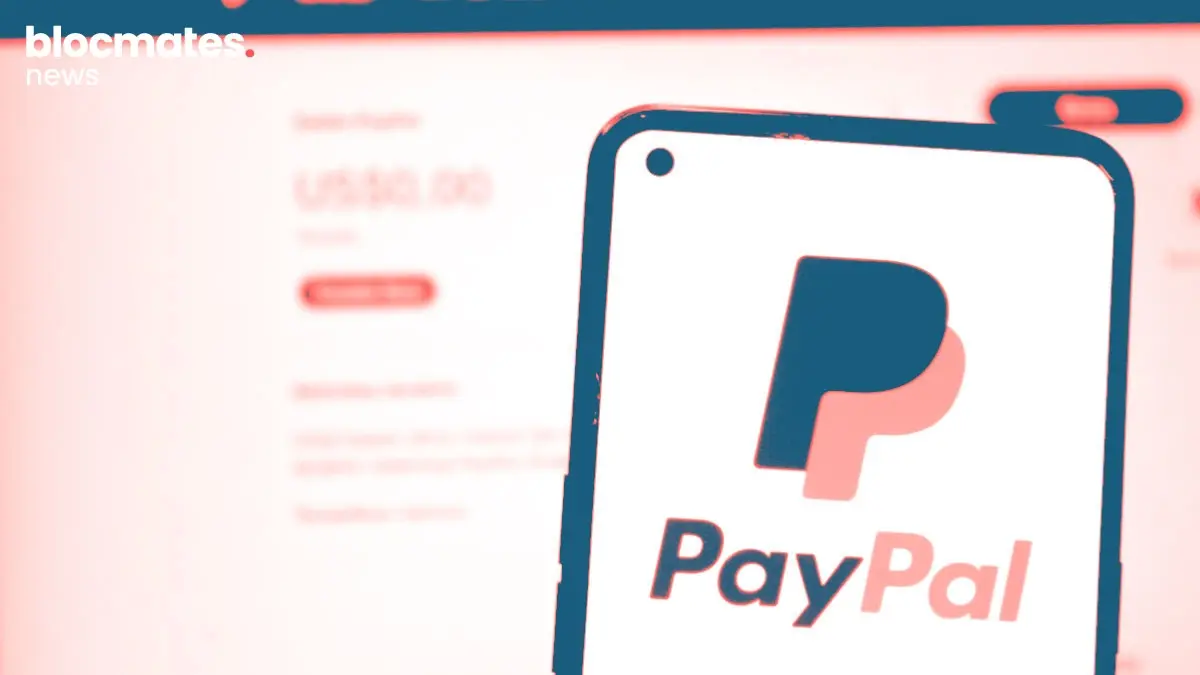

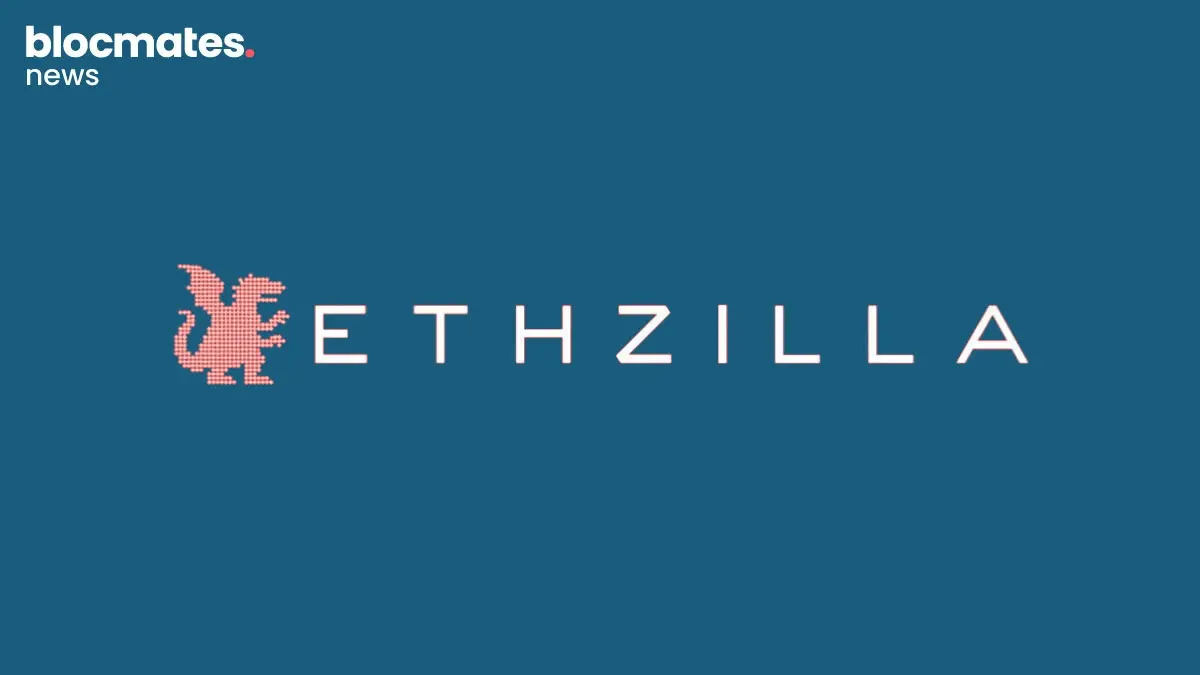
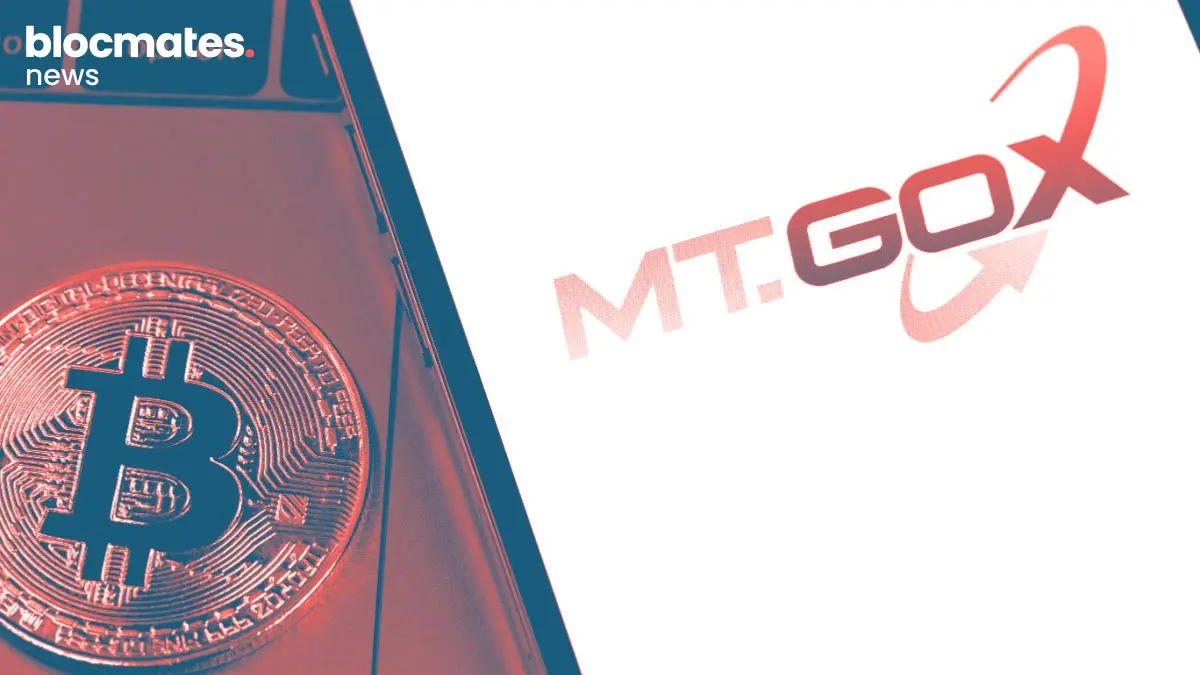
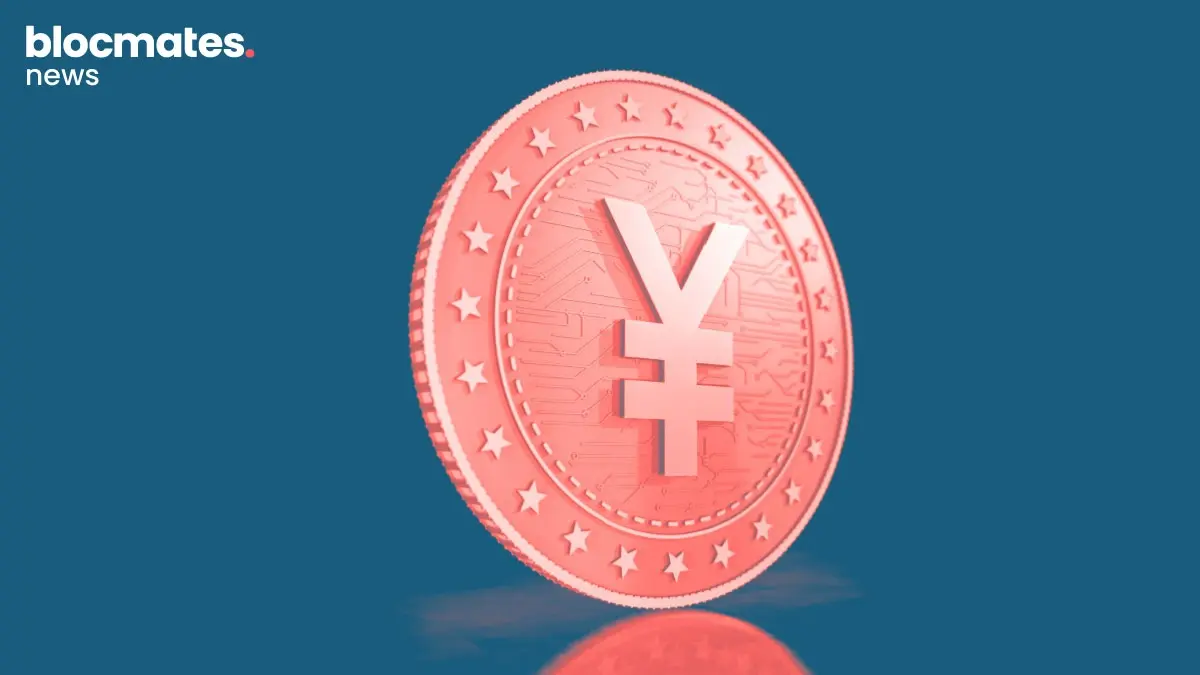
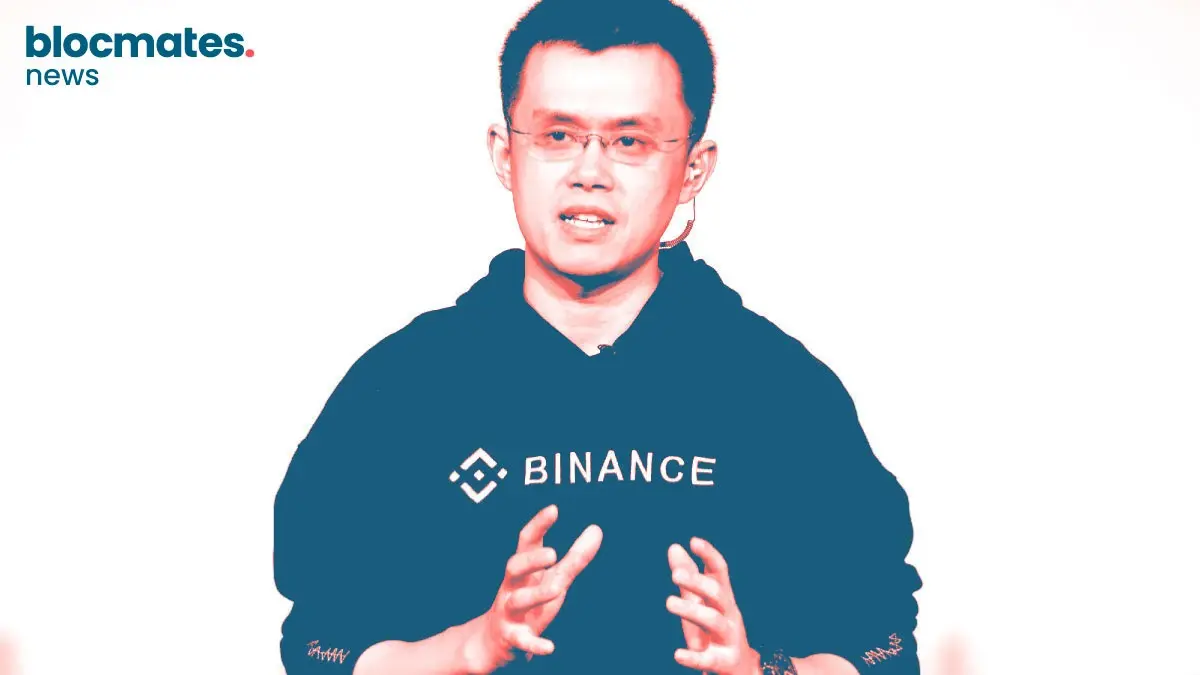


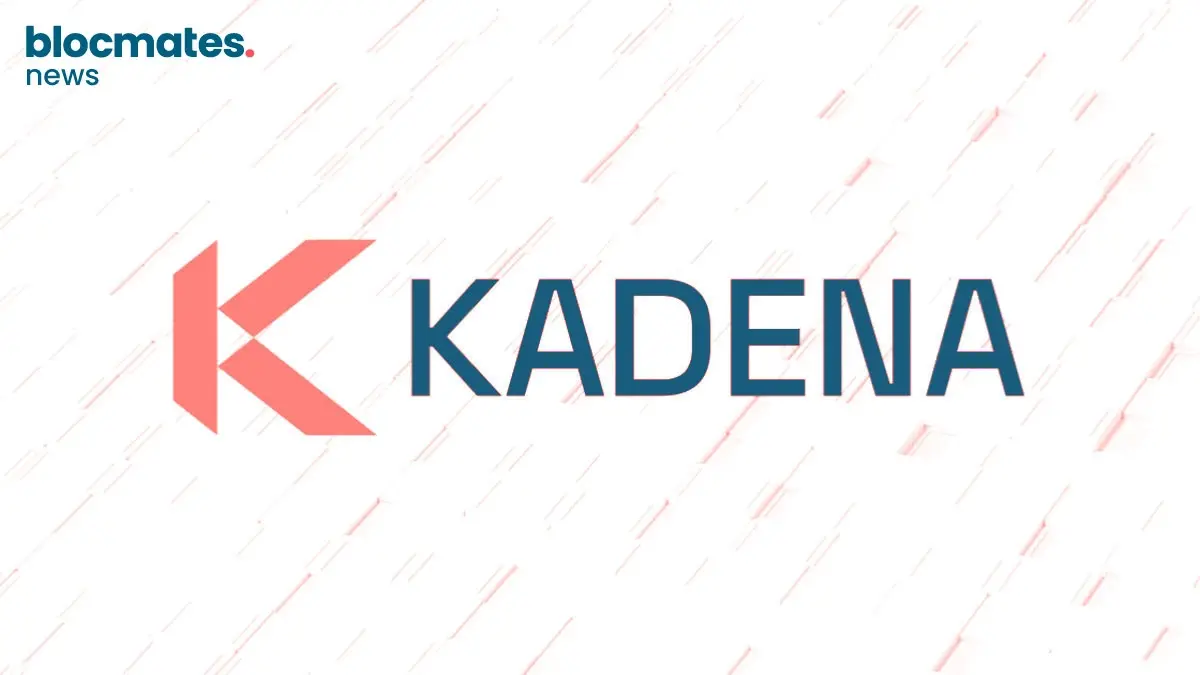

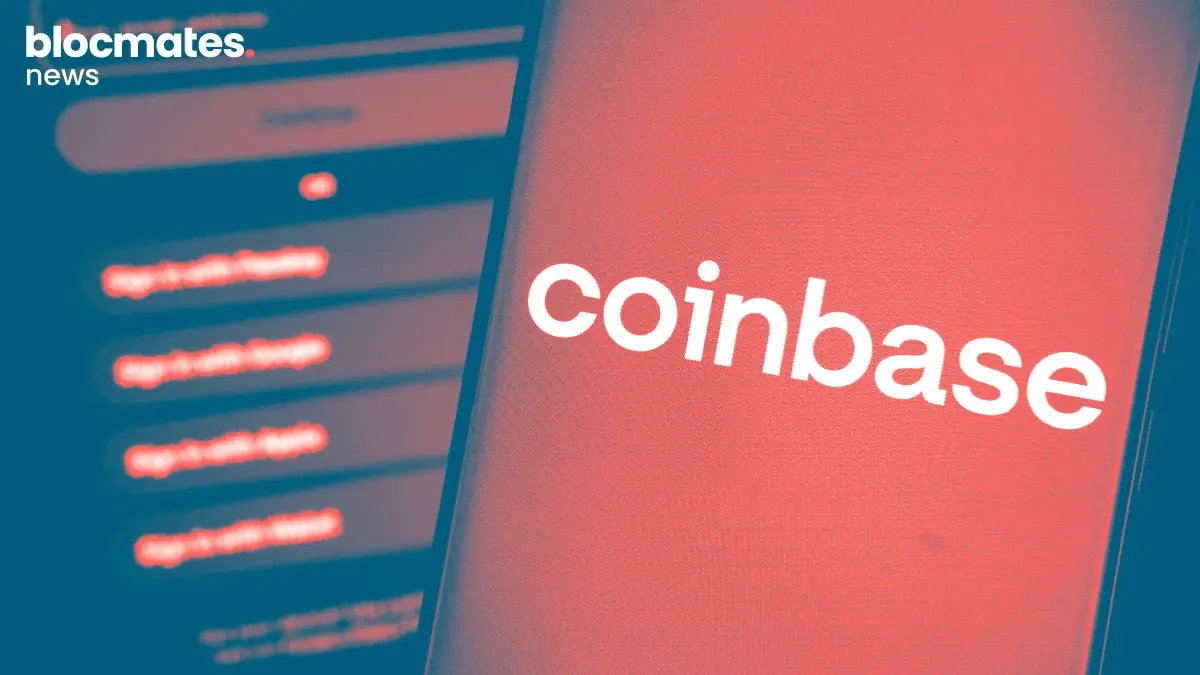
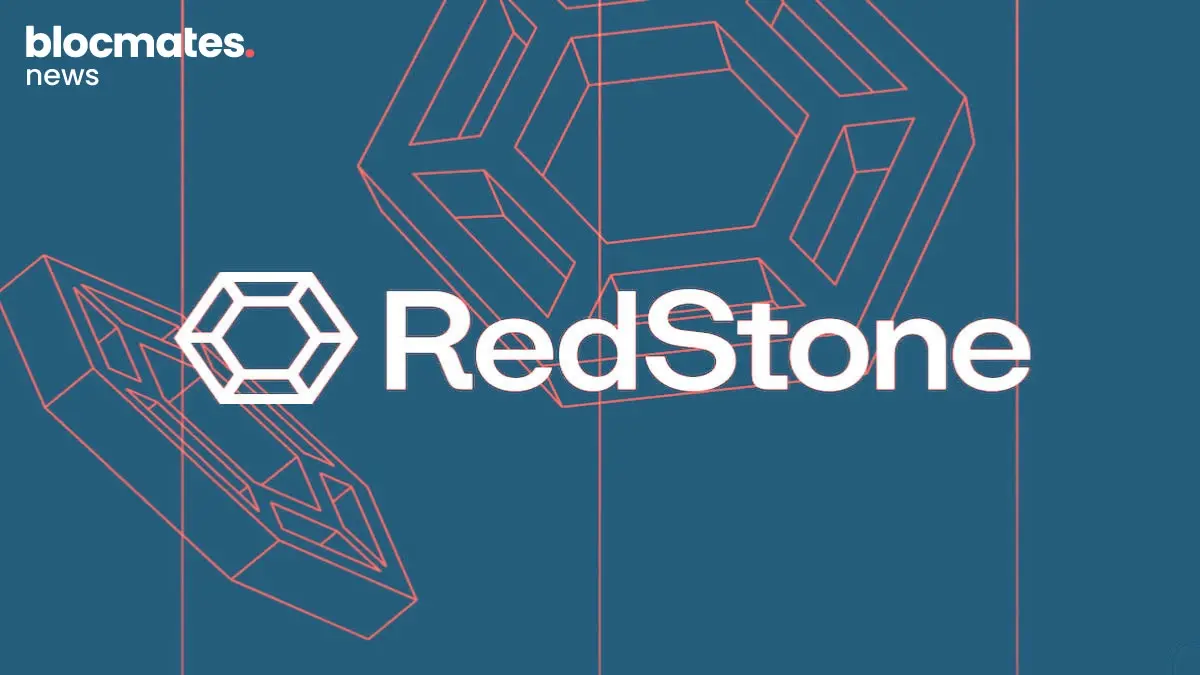
.webp)
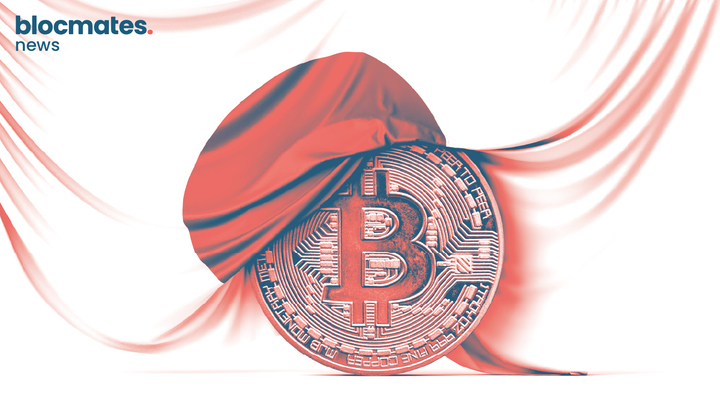
.webp)
.webp)

.webp)


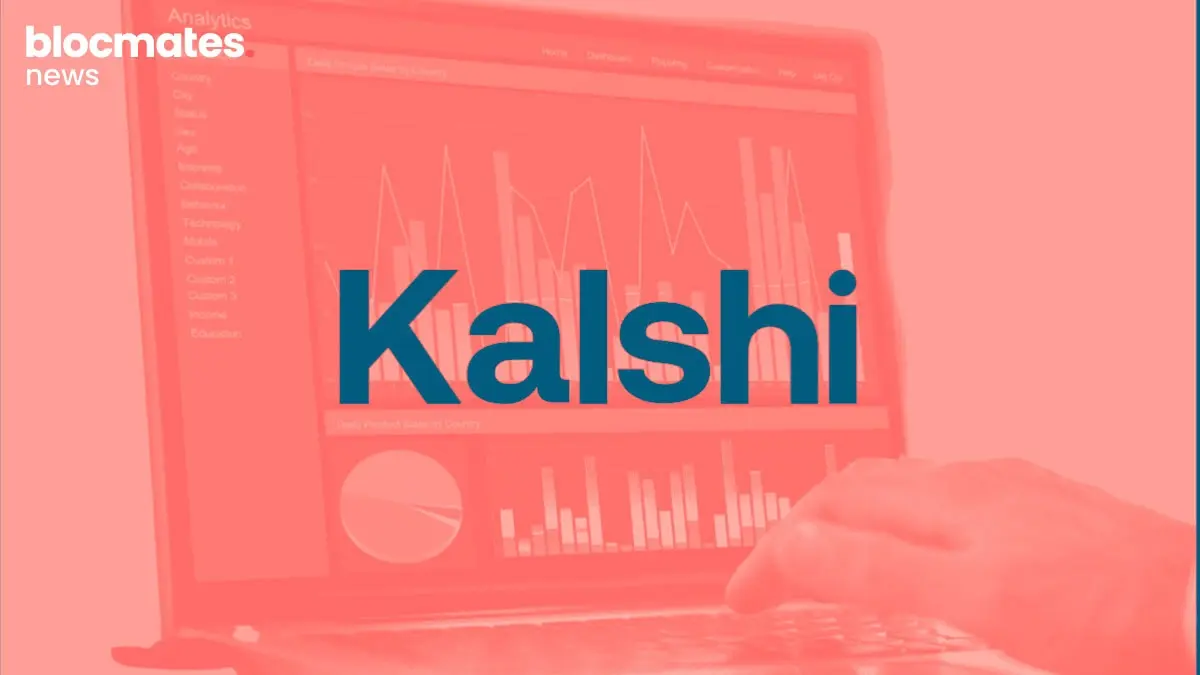



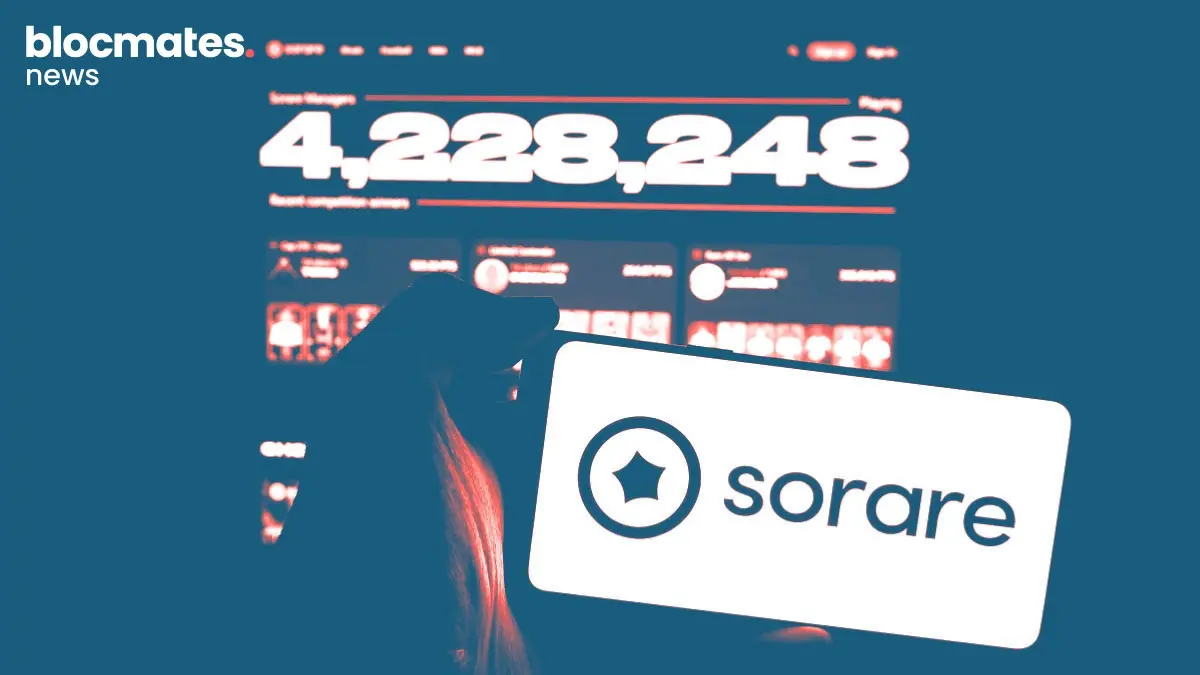


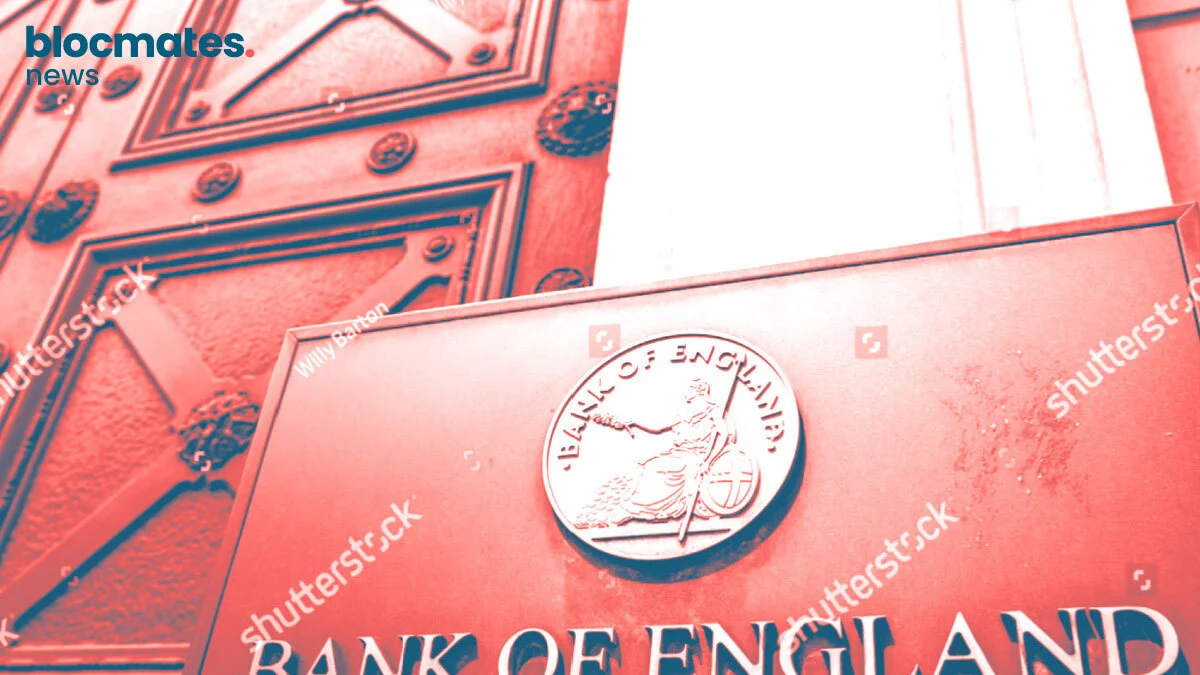

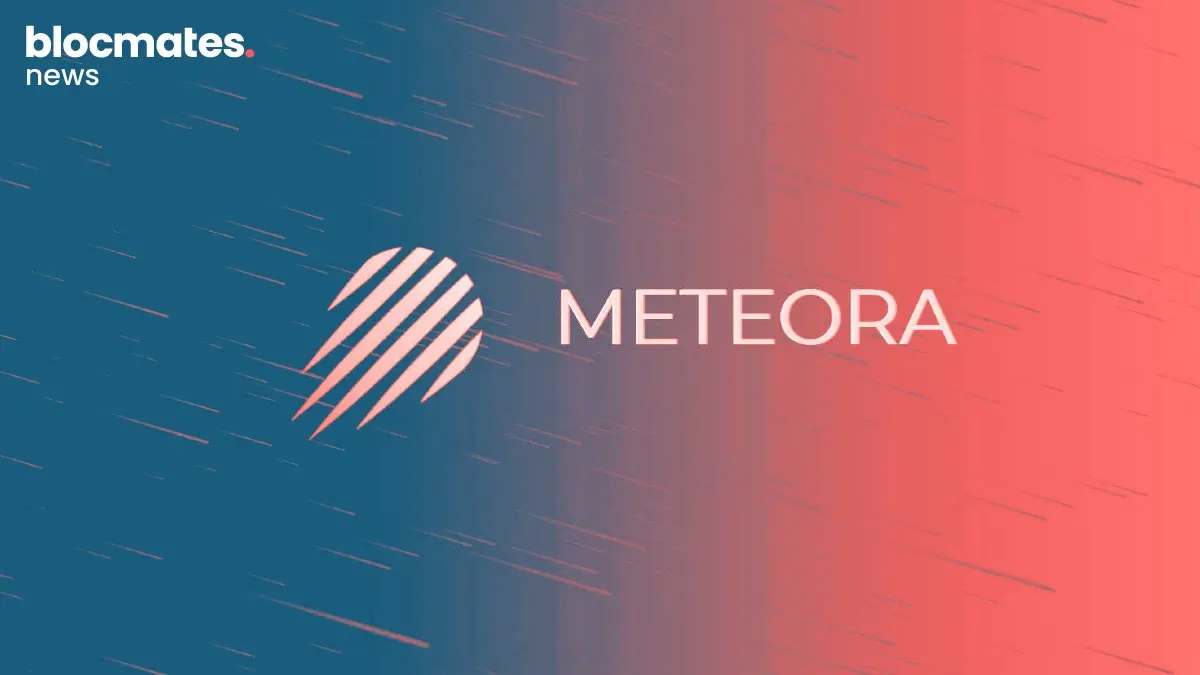
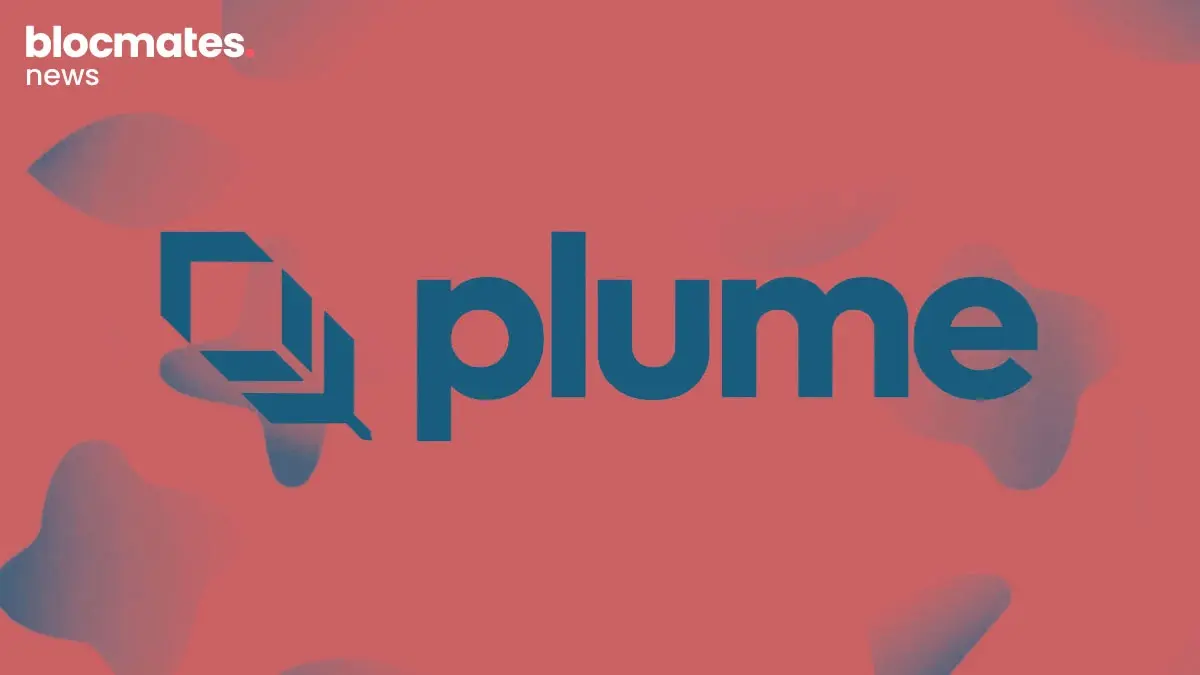

.webp)
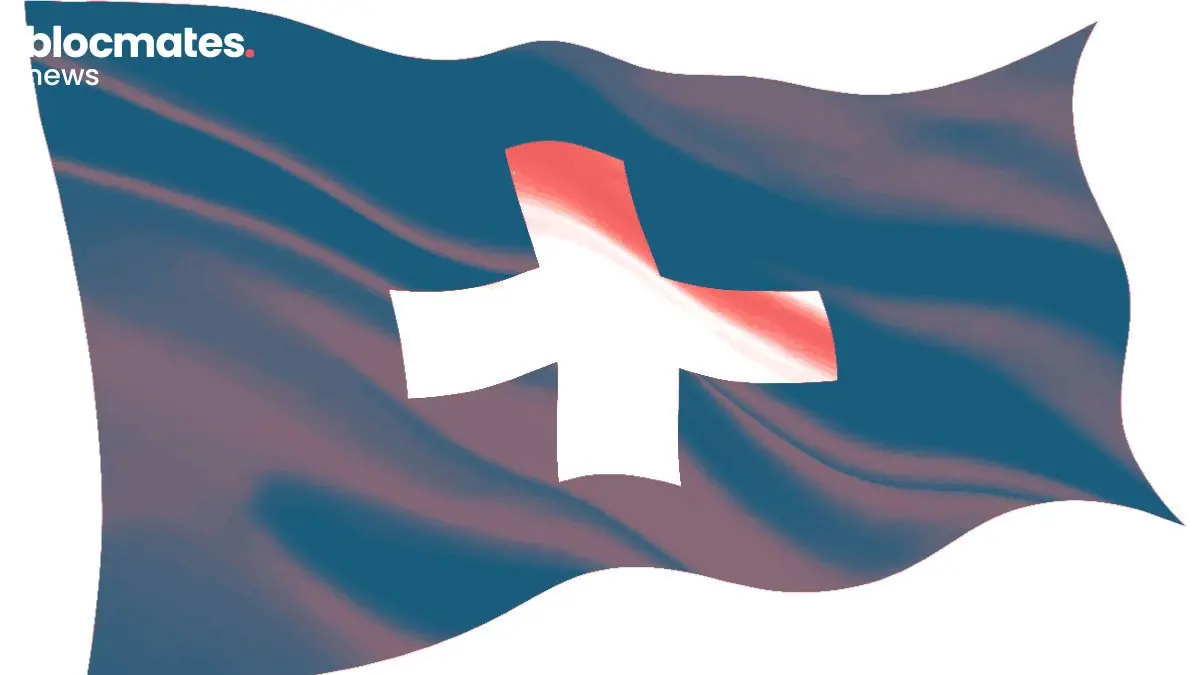
.webp)
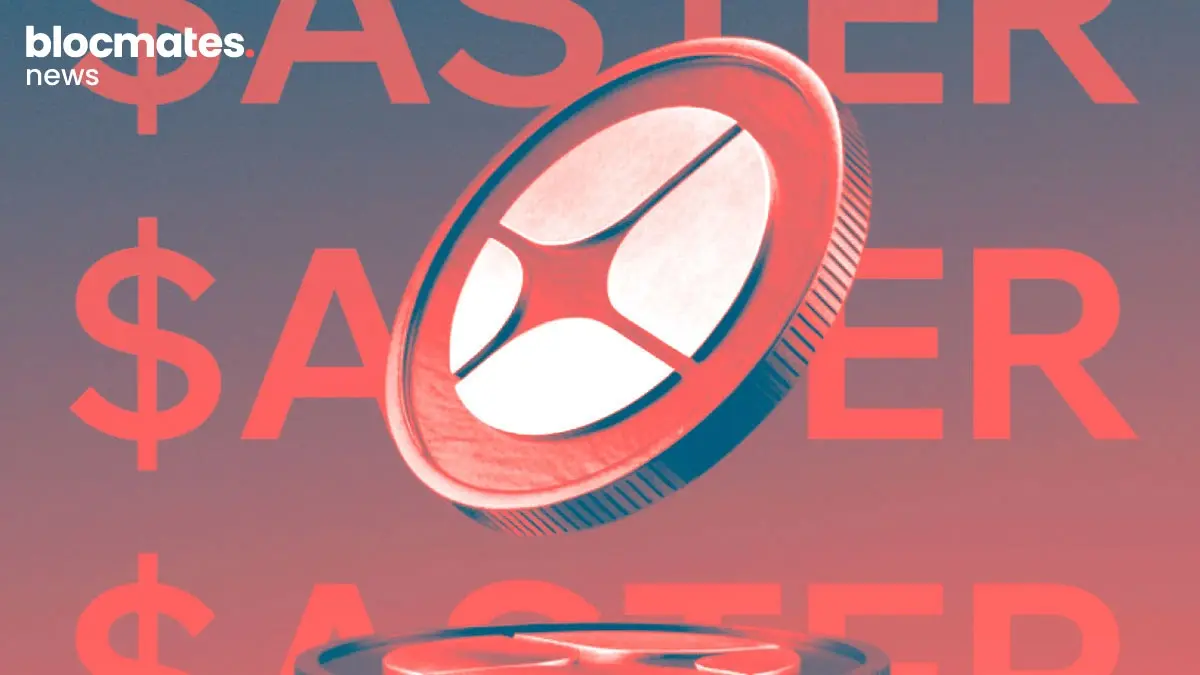
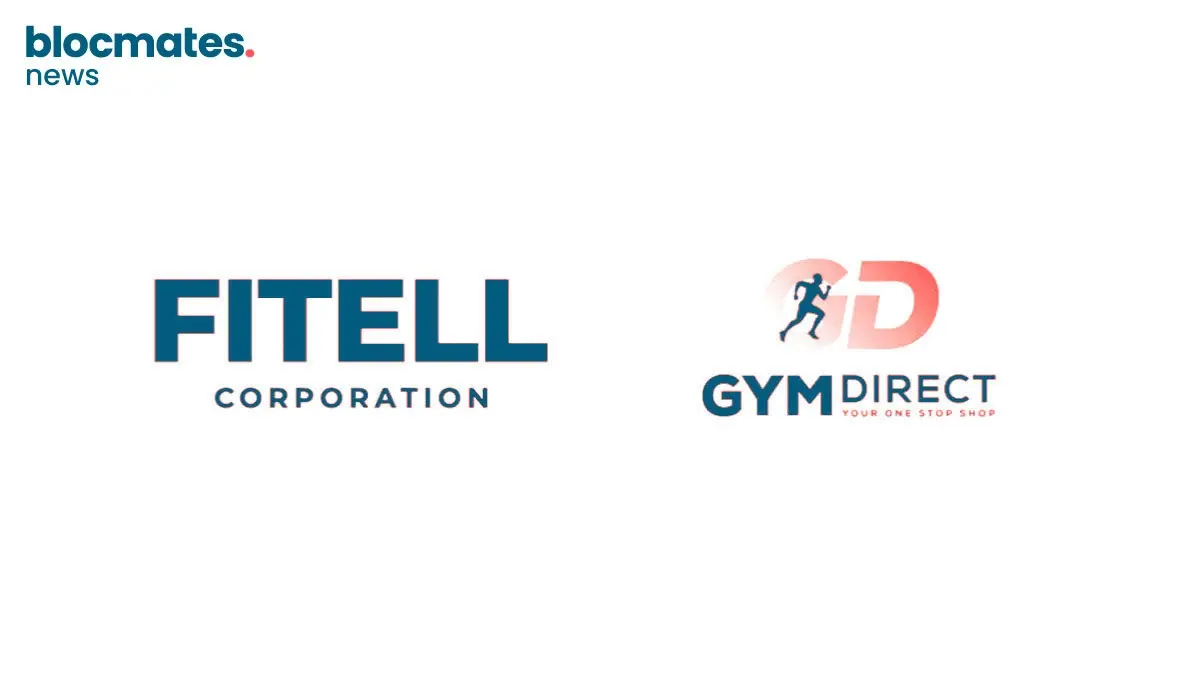
.webp)

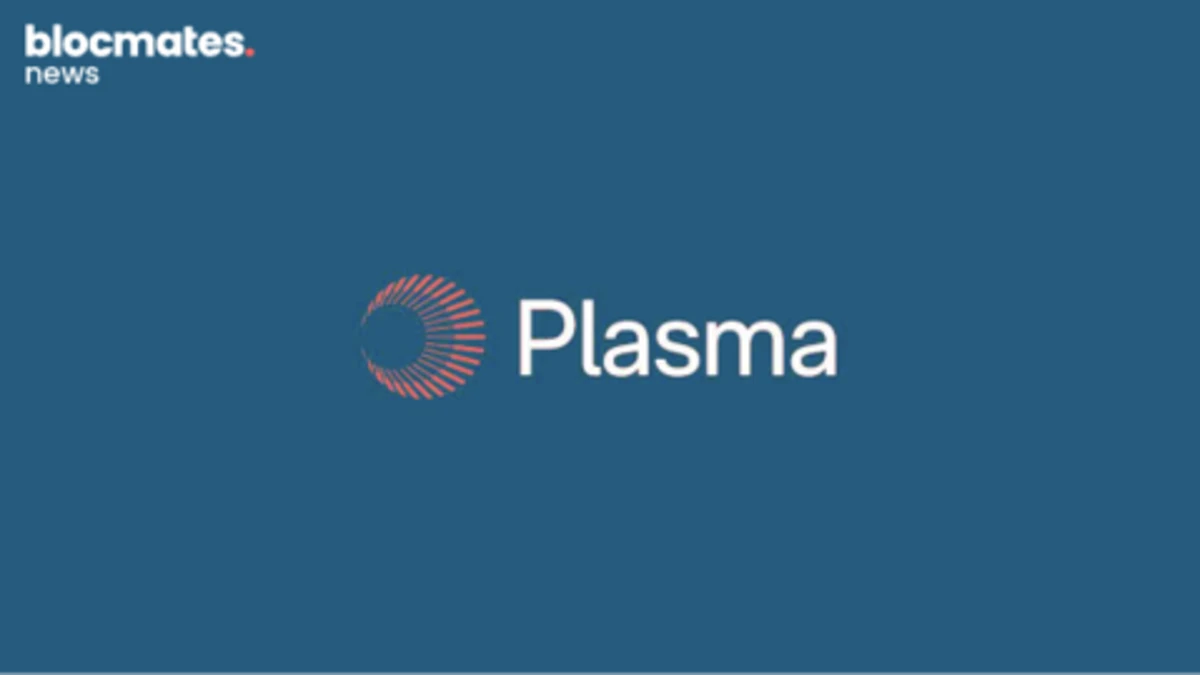

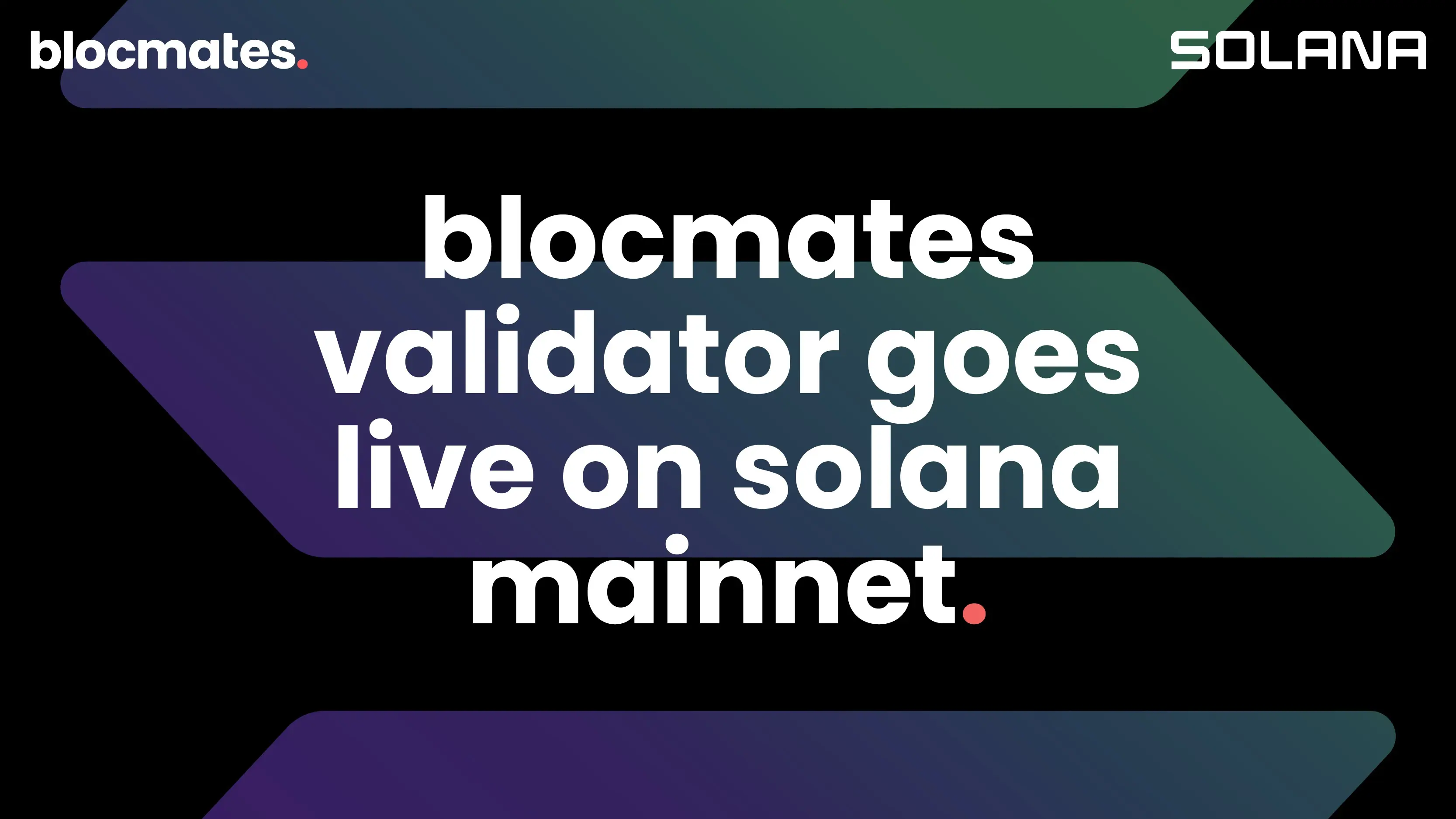

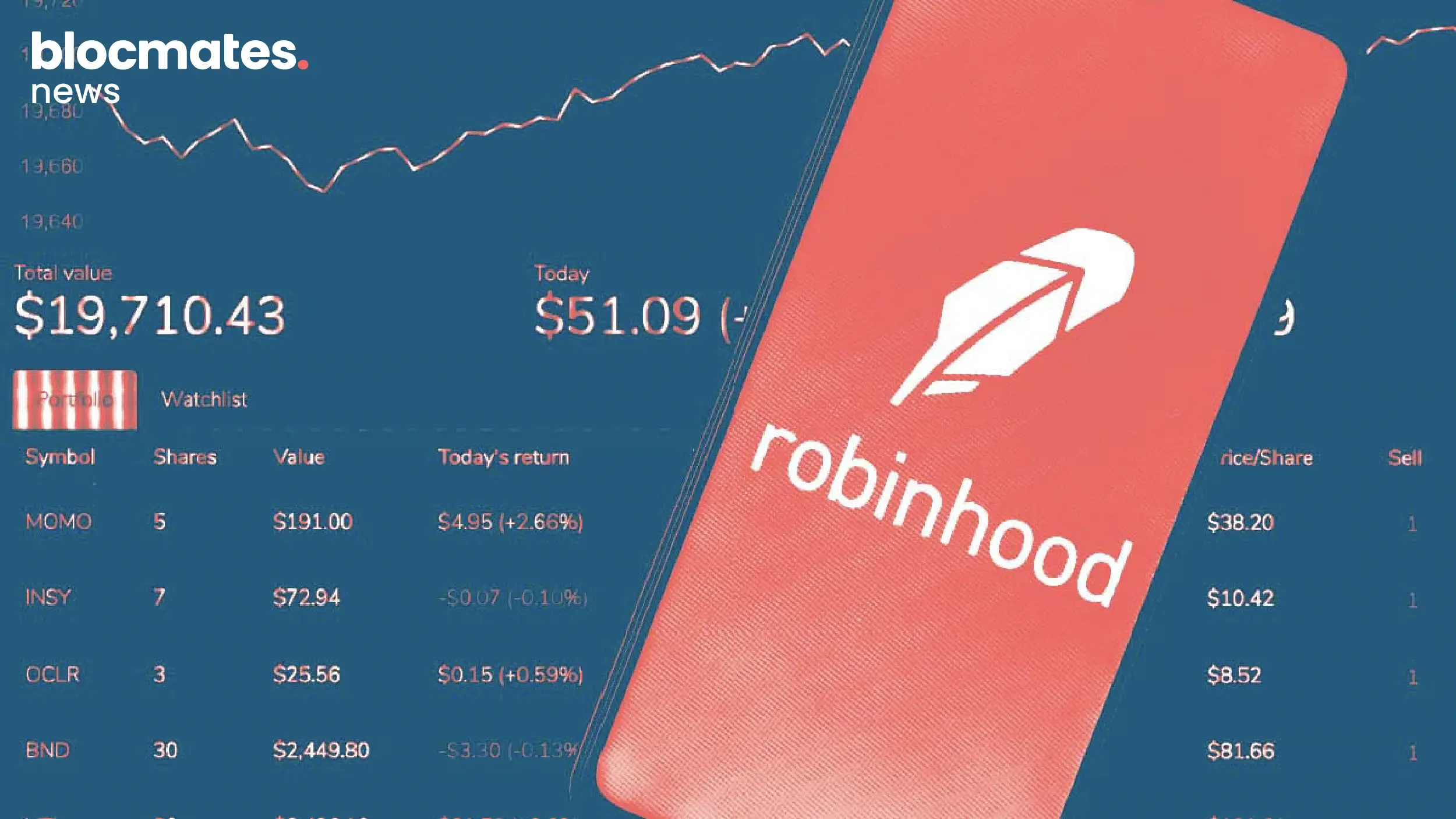

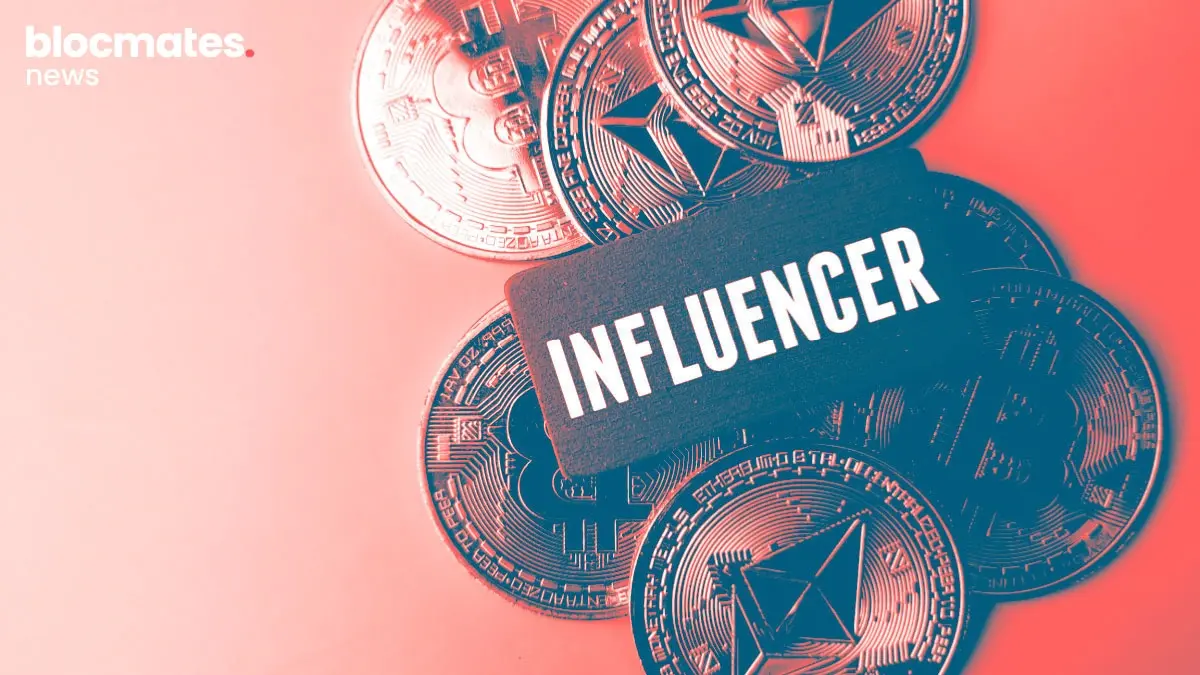
.webp)
